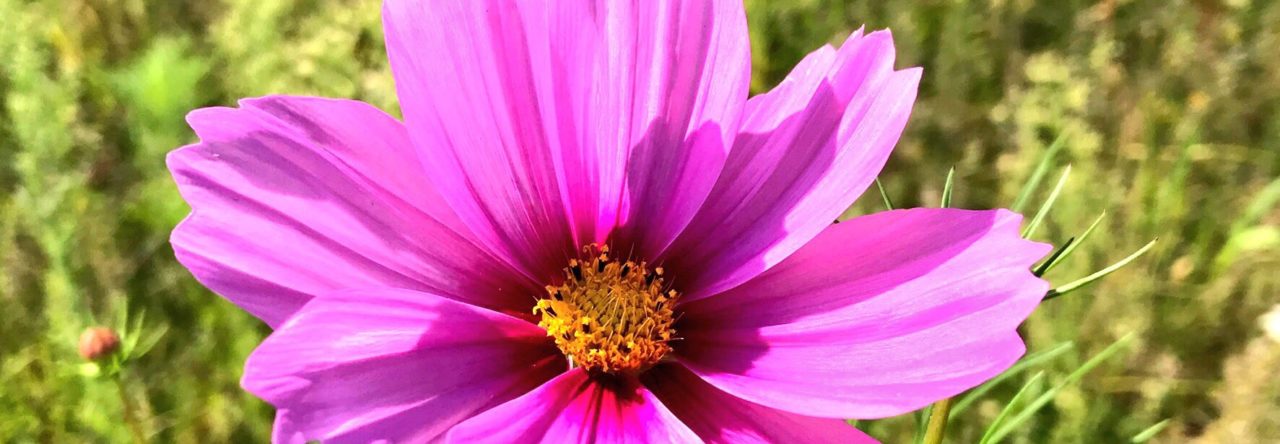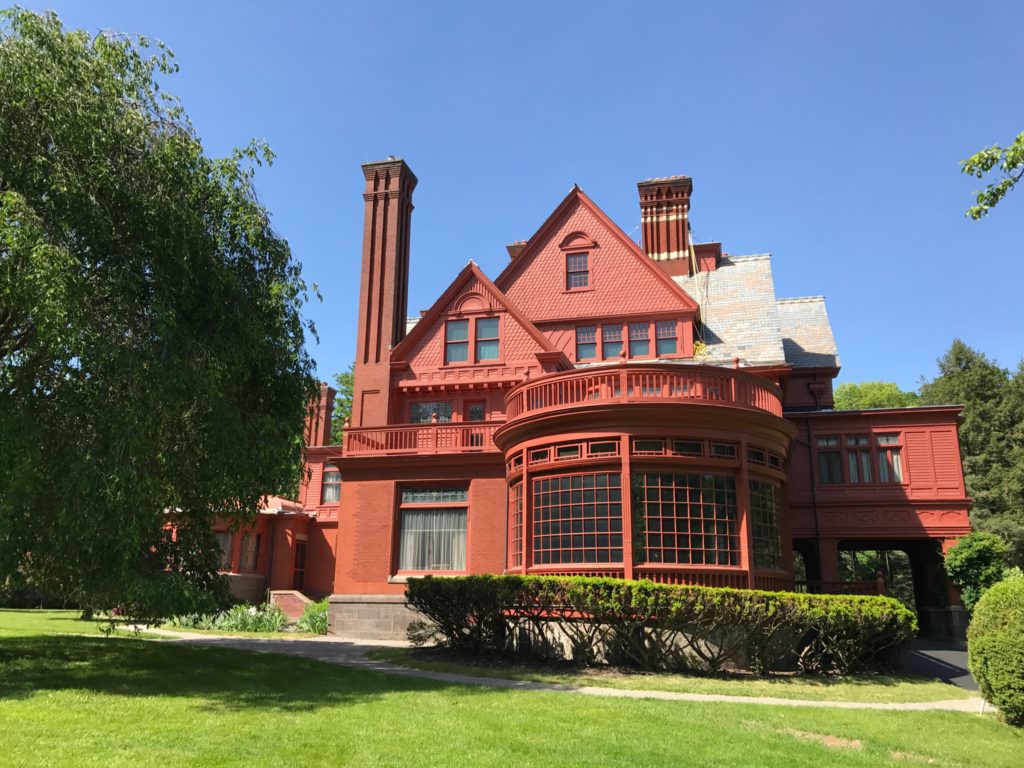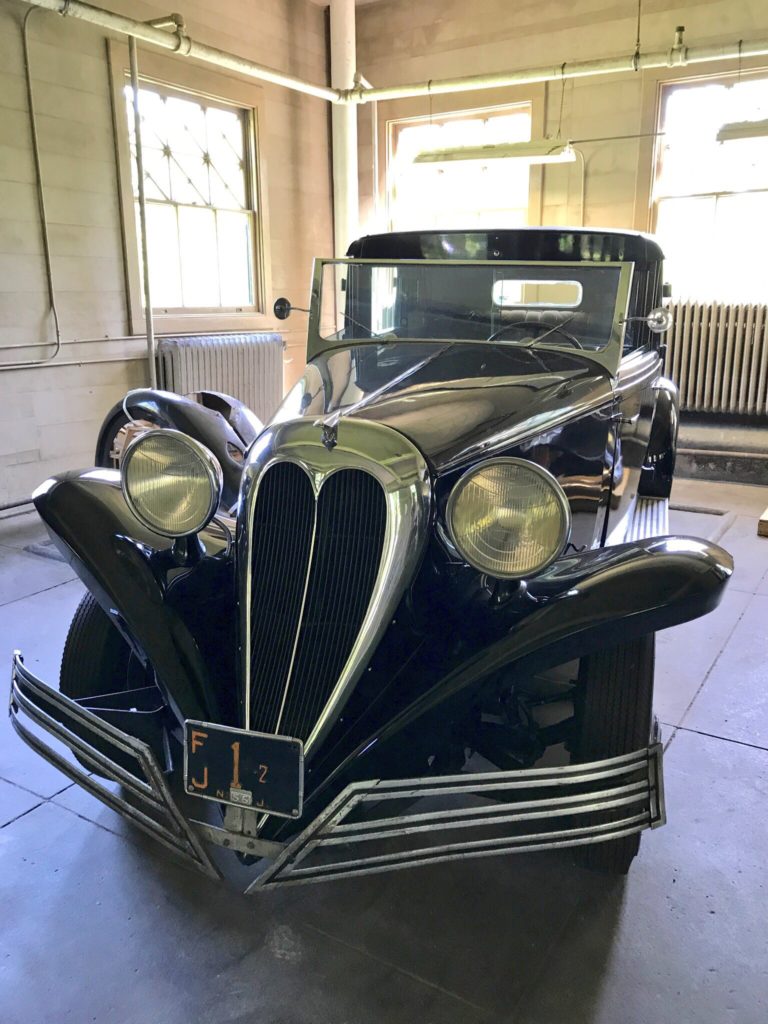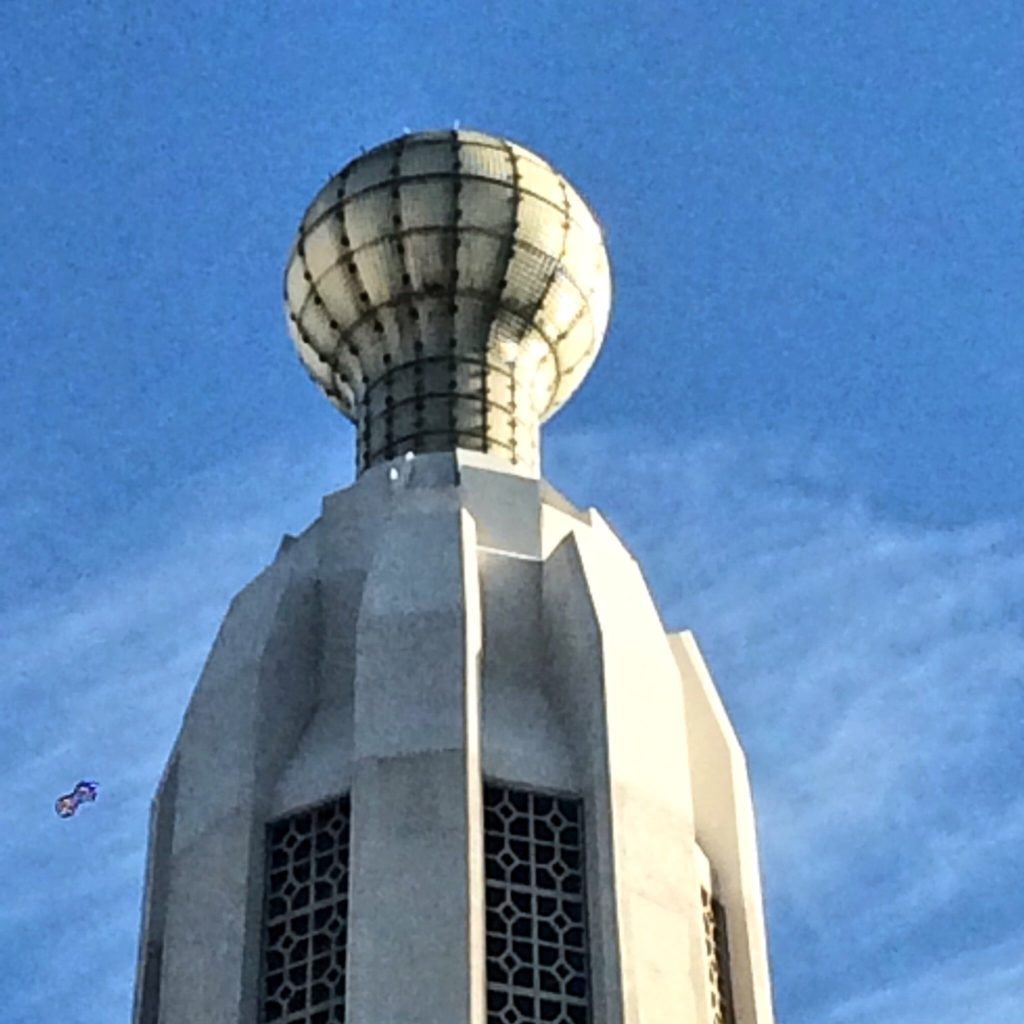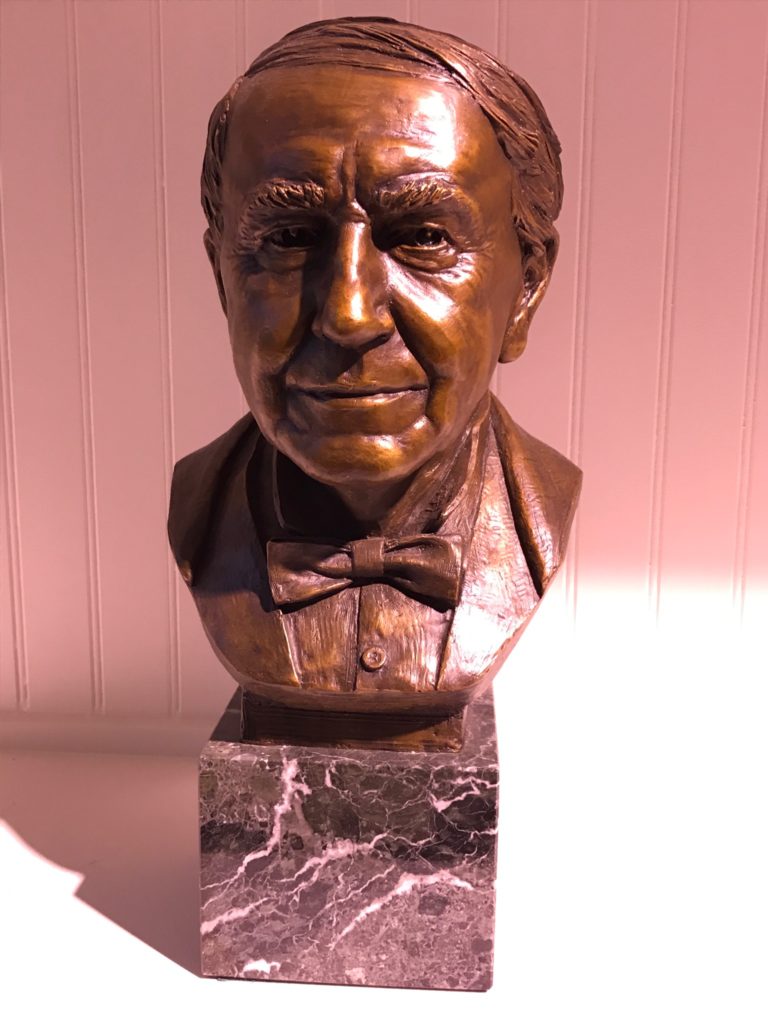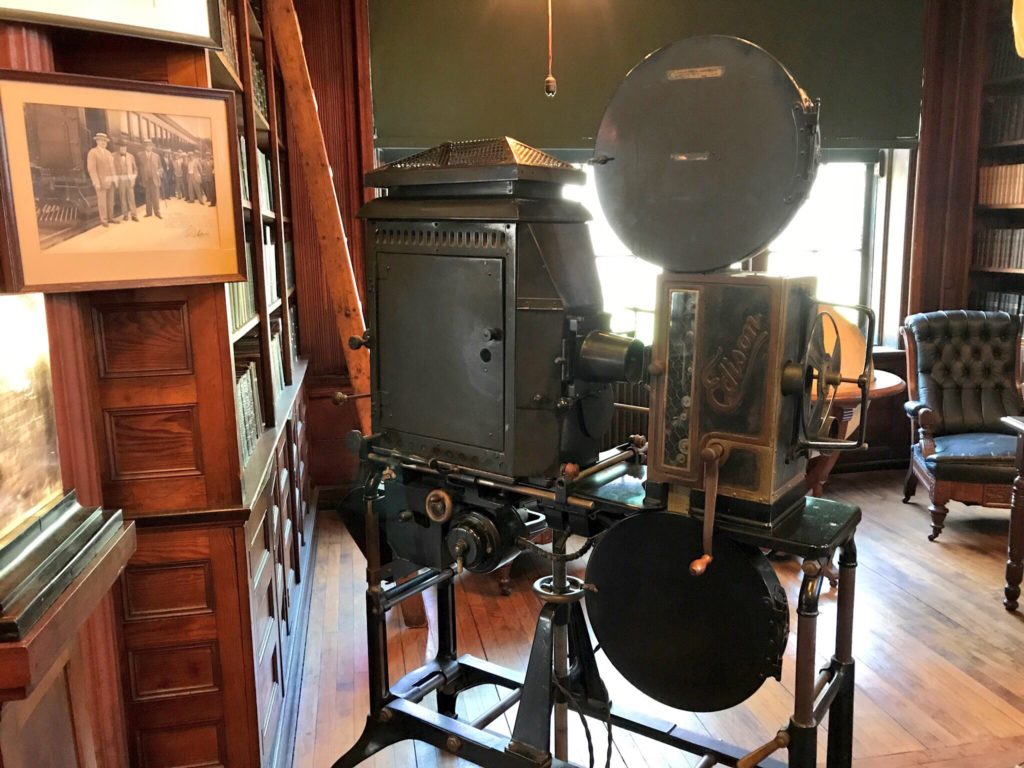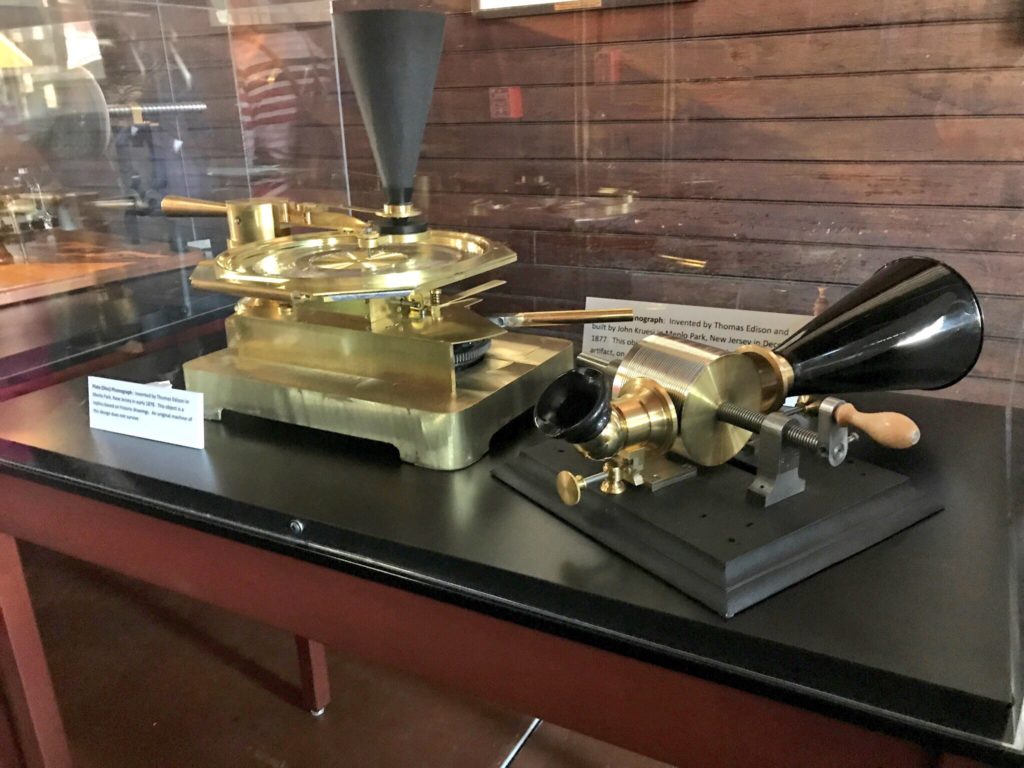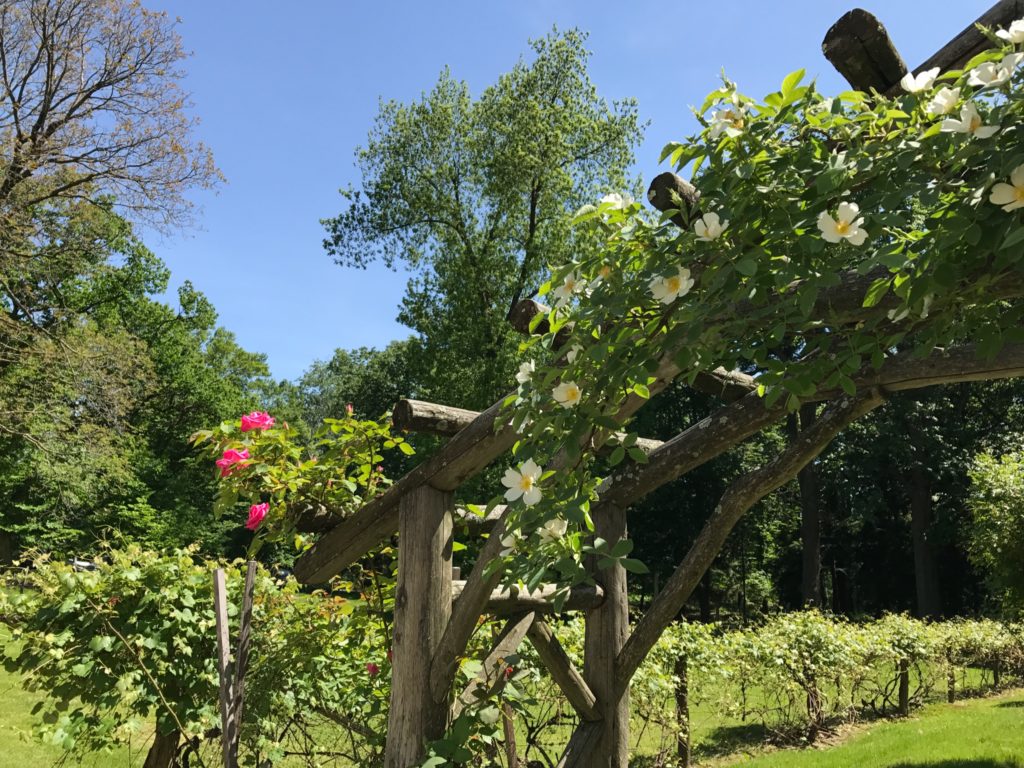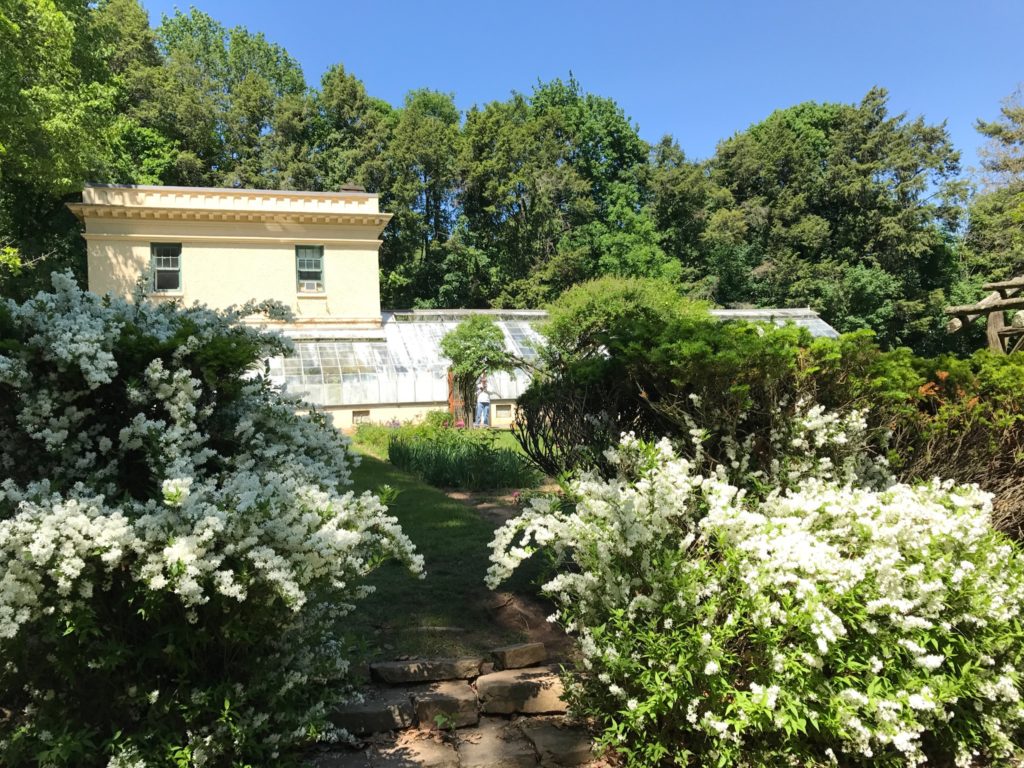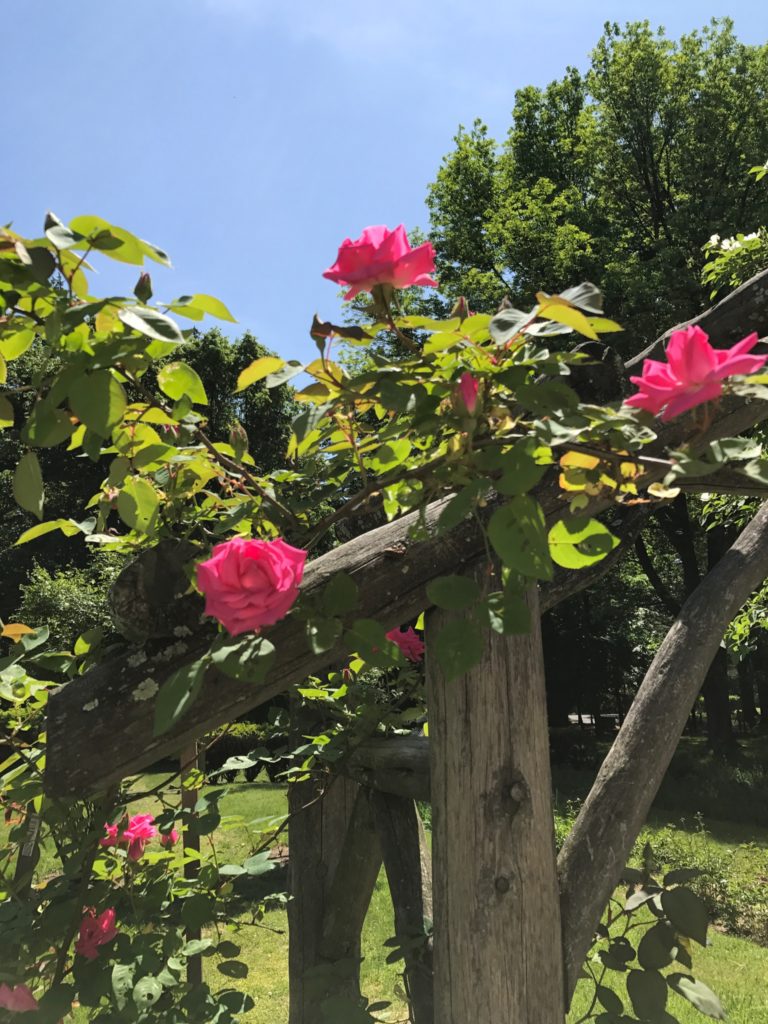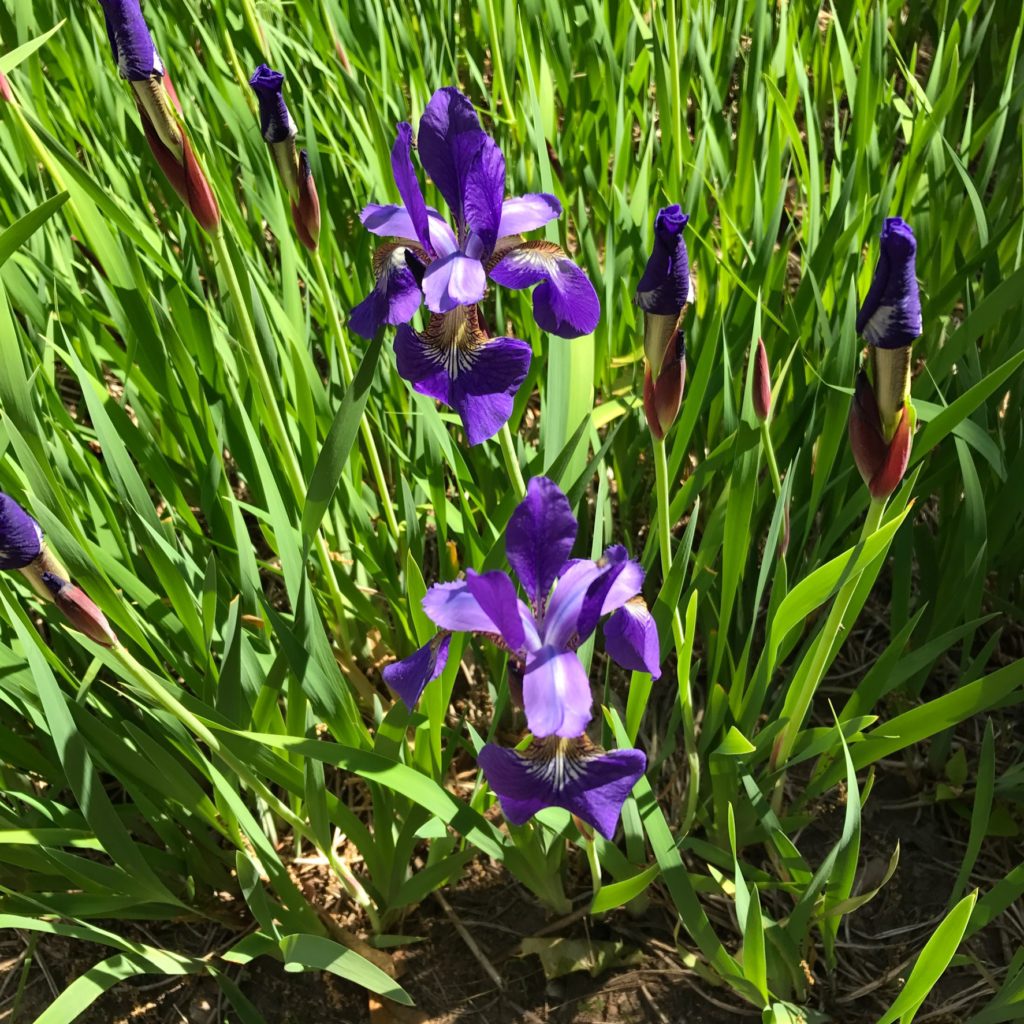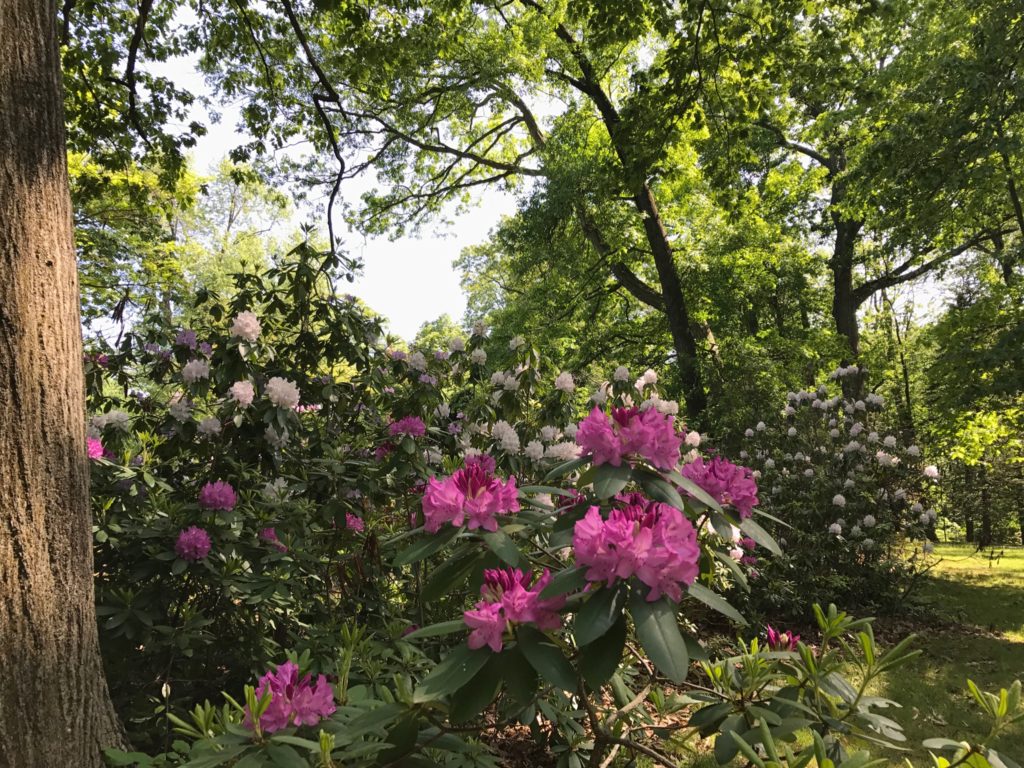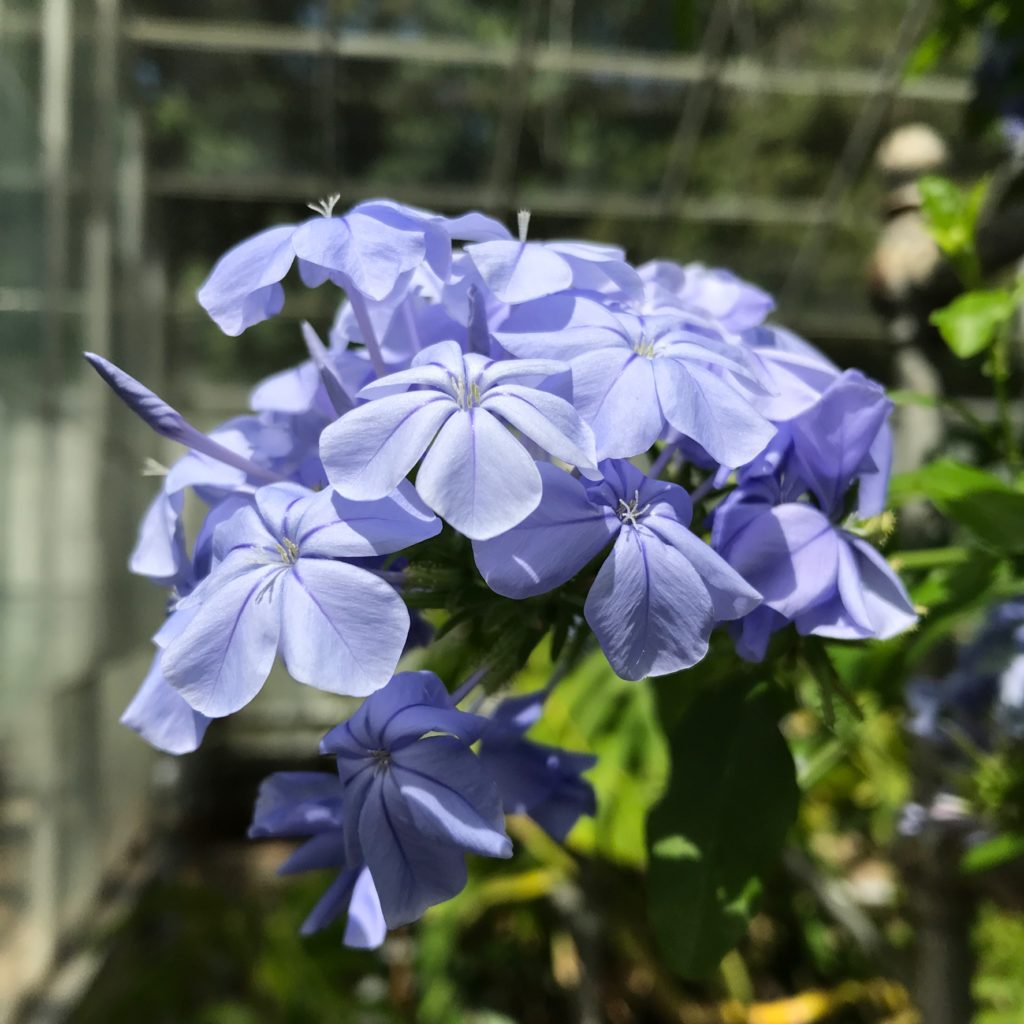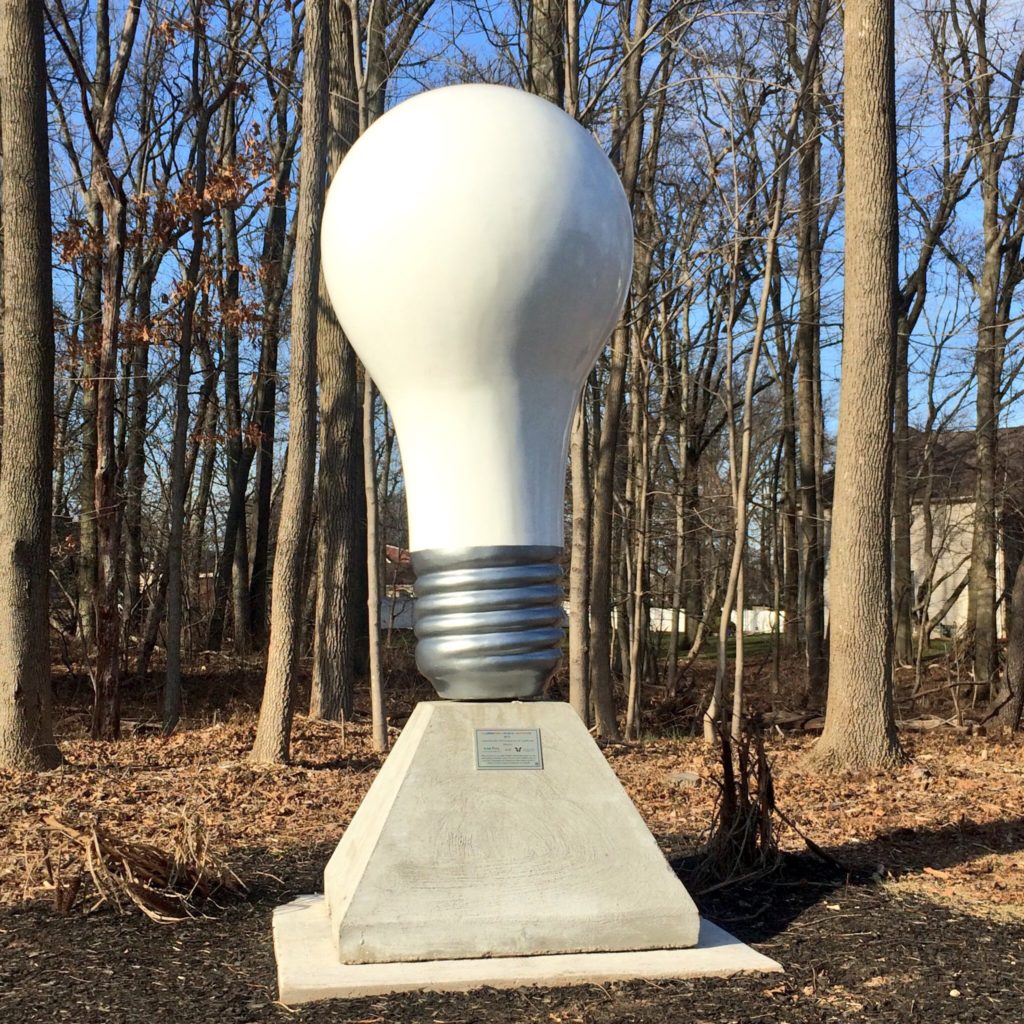Come with me, and you’ll be
In a world of pure imagination
Take a look, and you’ll see
Into your imagination
“Pure Imagination” from “Willy Wonka” by Leslie Bricusse and Anthony Newley

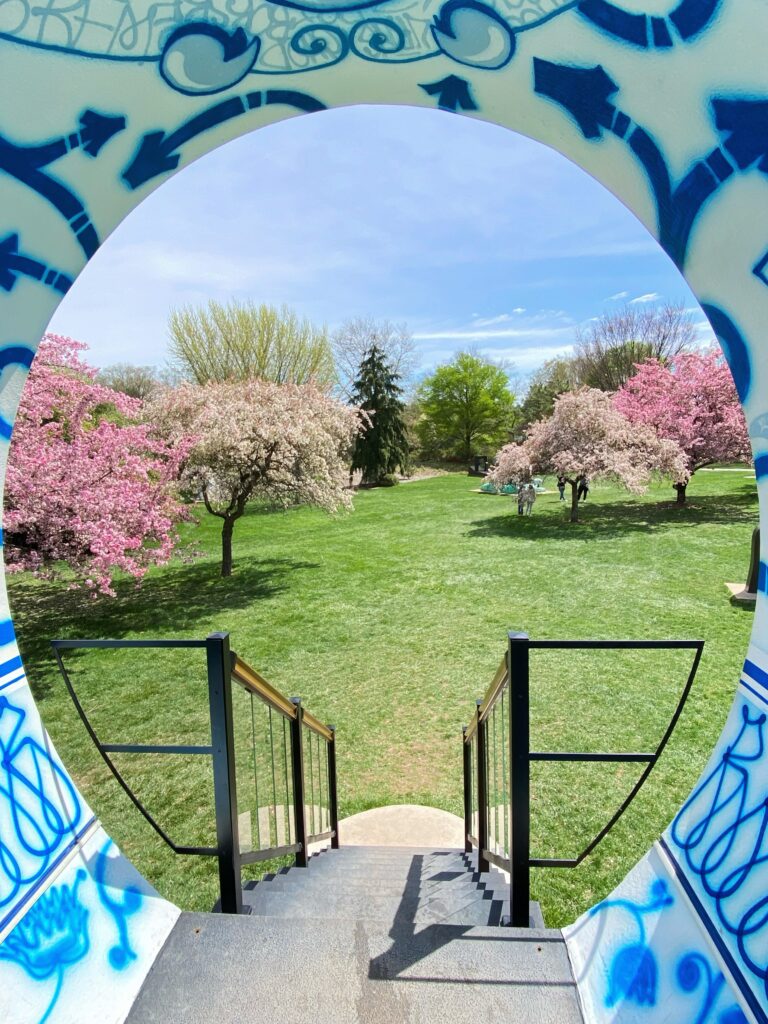
Grounds for Sculpture is founder and sculptor Seward Johnson’s invitation to embrace art. Visitors, especially children, often hug or play with sculptures like they are old friends, sitting beside them at picnic tables or in outdoor cafes. Many have had the experience of bumping into a Seward Johnson statue around the country (and the world) and uttering, “Excuse me,” only to stop and laugh at the realization that it is not an actual person. The artist’s playful gotcha game continues with a celestial wink.
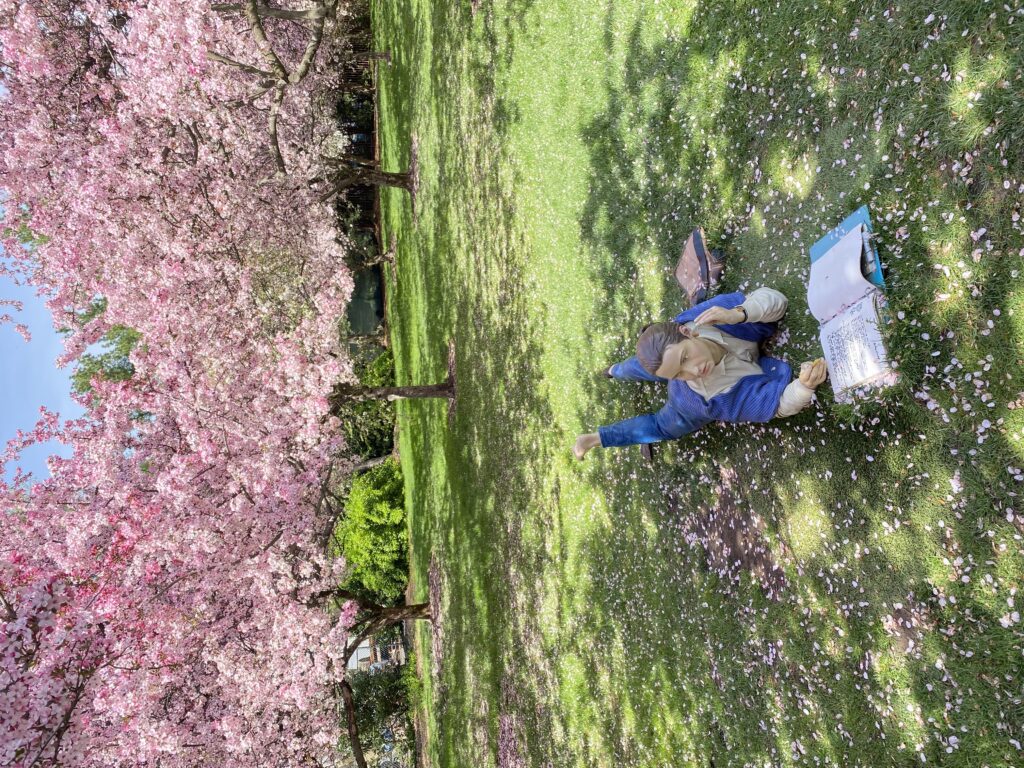

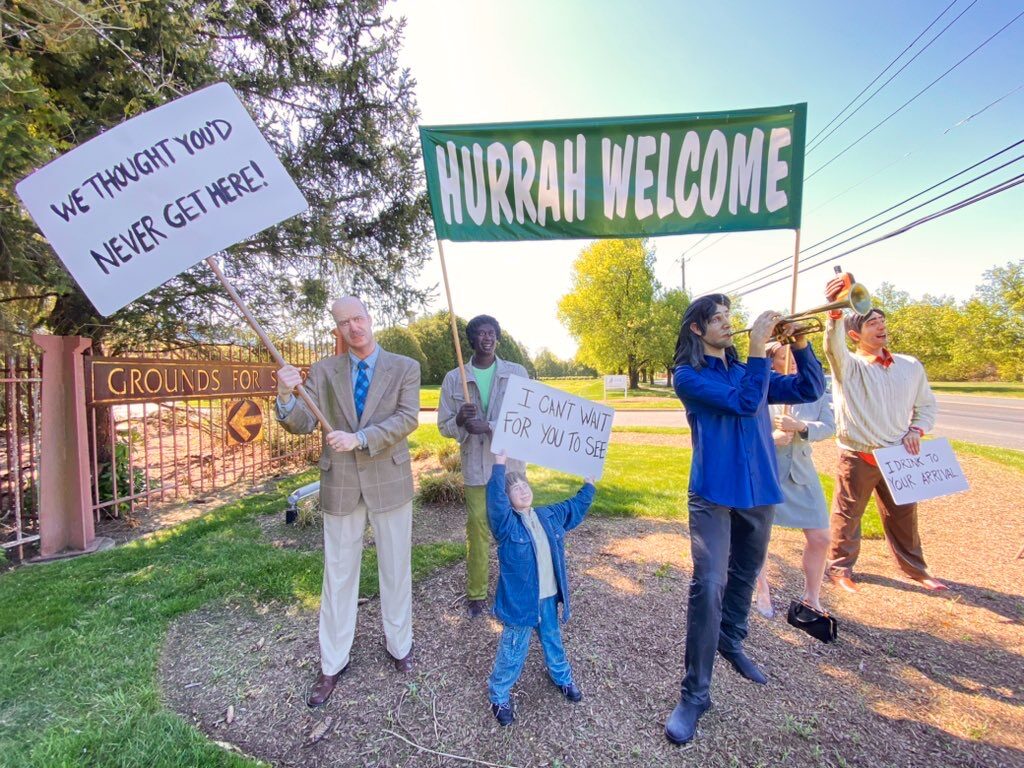
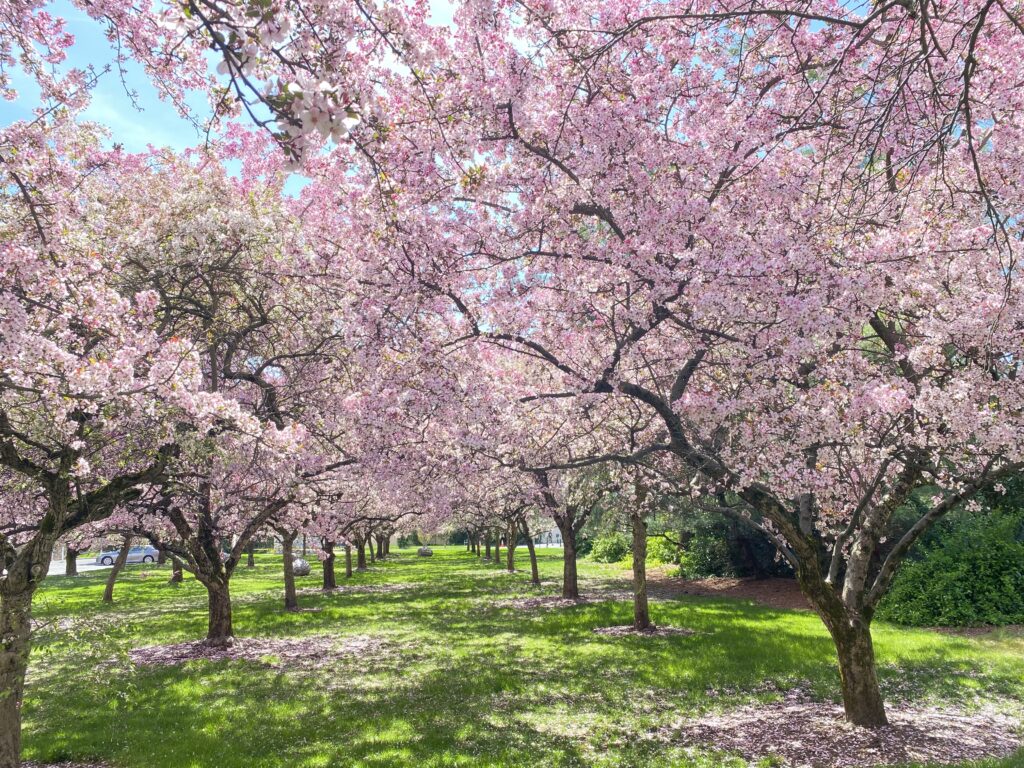
The fun, a reflection of hard work, generosity, and planning, began in 1992 as an outgrowth of the Johnson Atelier, which Mr. Johnson founded in 1974, initially in Princeton, as a community for sculptors. The Atelier was ground-breaking by offering sculptors the opportunity to keep control of their work and have access to production methods formerly kept close to the vest within the sculpture world. By all accounts, the Atelier sculptors’ collaborations were, and are, rewarding and fun. The institute has the reputation of being the finest foundry for bronze casting in the country and among the best in the world. (Early collaborators and friends of Seward Johnson from the Atelier, sculptors Herk Van Tongeren, Isaac Witkin, and Brooke Barrie, contributed to the direction of the sculpture park that grew from the Atelier. Mr. Van Tongeren became the first Grounds for Sculpture president and executive director, and Ms. Barrie was the inaugural academic director, curator, and a successive director.) Seward Johnson’s generosity is a gift that keeps giving as sculptors have gone on from the Atelier to form schools and flourish as artists. Visitors may sometimes see the artists at work in the Atelier when exploring the grounds. Today, the Atelier also curates the exhibitions of Seward Johnson’s works, which help to increase tourism wherever the sculptures go.


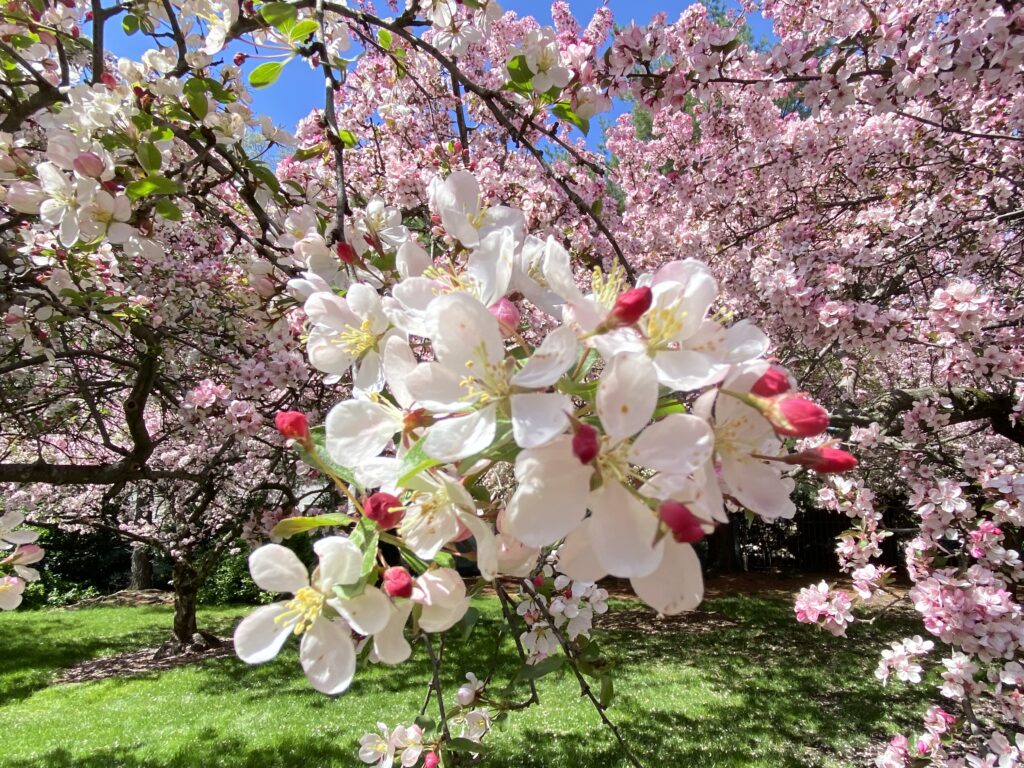

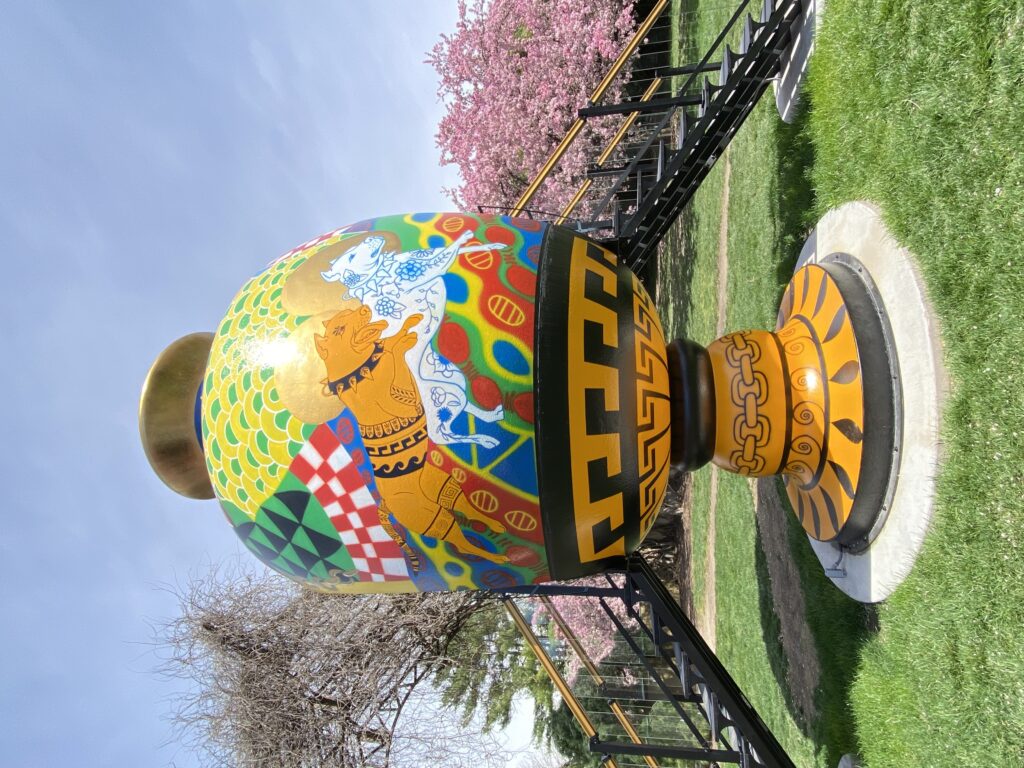
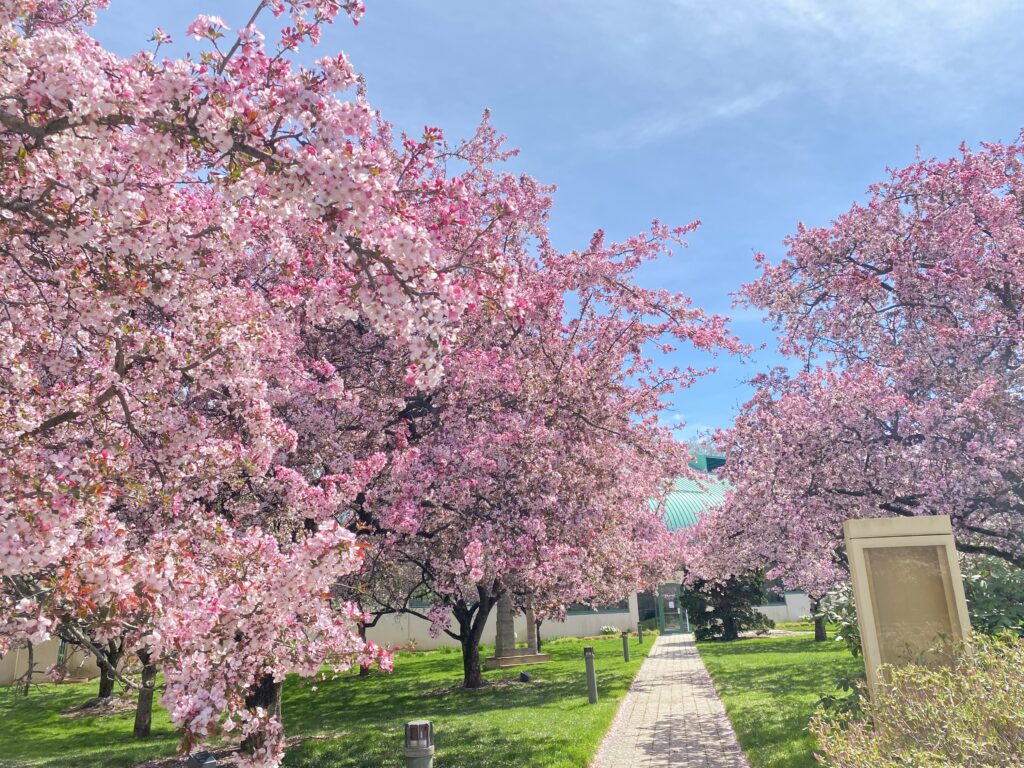
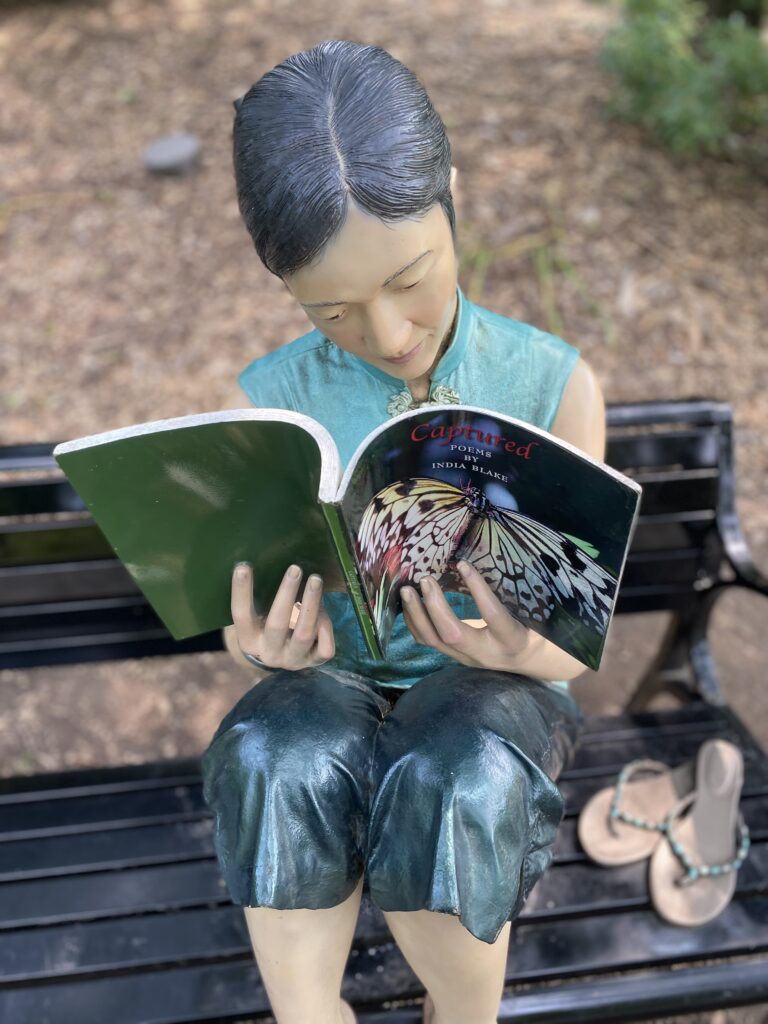
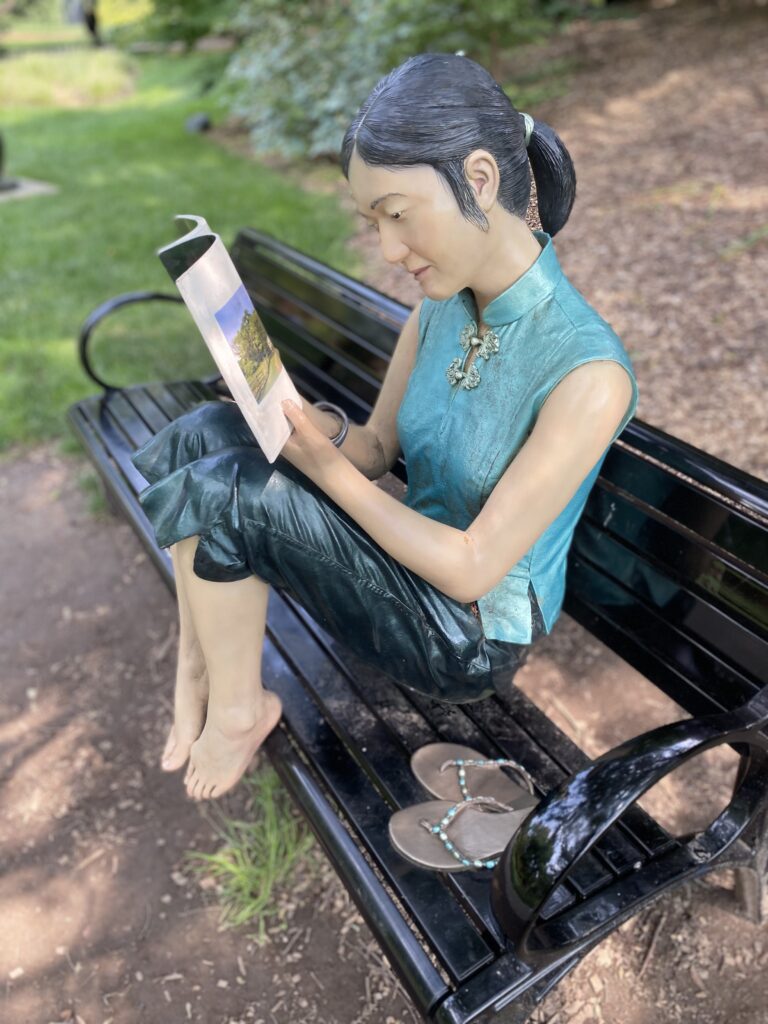

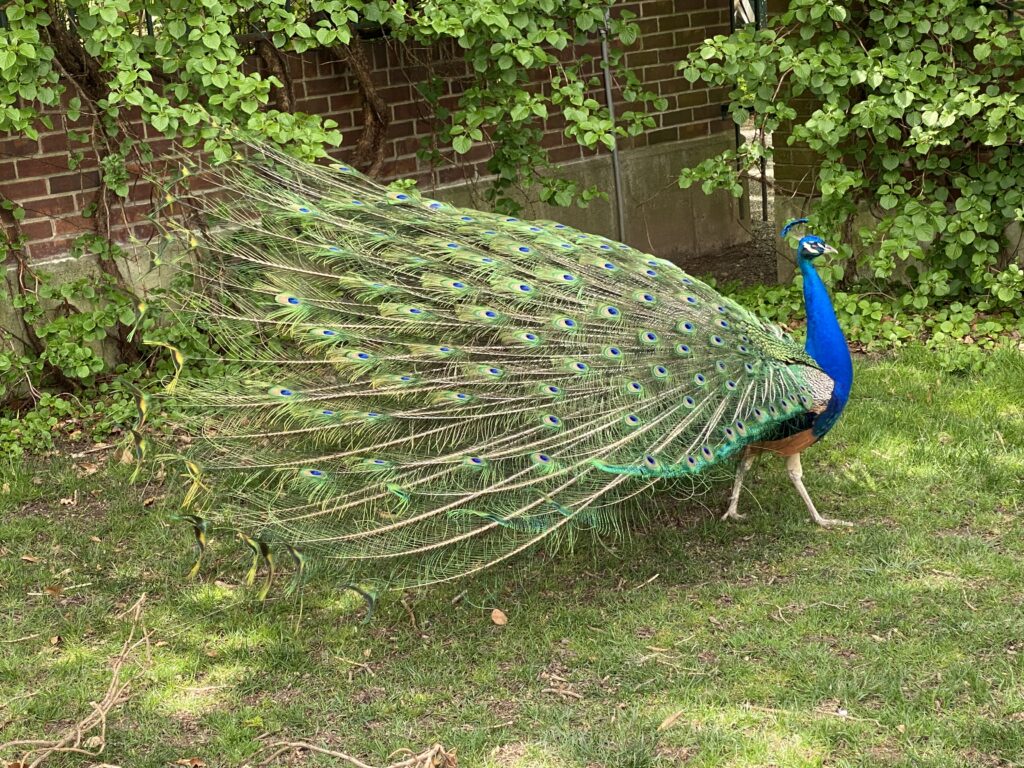

What has changed most over the past several years at Grounds for Sculpture is that the core group of visitors has expanded from traditional art lovers to a crowd more reflective of those who would have visited when Grounds for Sculpture was the New Jersey State Fairgrounds. Through grants from a foundation, Mr. Seward purchased the neglected 42 acres of the former fairgrounds and gradually transformed them with the same generous thought he had behind the placing of his inviting “Everyman” sculptures in public parks – they are a way to draw people back into the park. Among the art lovers at Grounds for Sculpture are international travelers, which indicates the appeal of the art. On a weekend visit this month, children with their families on holiday from overseas sported cartoon T-shirts like the Incredible Hulk. Perhaps Seward Johnson might have taken it as a compliment that budding connoisseurs consider his art, too, a marvel.

The children are in it for fun, which abounds at Grounds for Sculpture. On an April weekend visit, a giant stone snake was a hit with children who ran along it, as were the Cloud Swings, which had parents and grandparents playing with their children. Ideally, the art and events will inspire children’s lifelong creativity, and there are online activities for young artists to try before they visit.
Founder Seward Johnson
“It’s easy sometimes to forget the simple things that give us pleasure. If we open our eyes, life is marvelous.” Seward Johnson

Seward Johnson II, born in New Brunswick, NJ, April 16, 1930, lived a New Jersey story as much as a worldwide one, having resided in Highland Park, Hopewell, and Princeton at different times. His parents were J. Seward Johnson, Jr. and Ruth Dill. His grandfather, Robert Wood Johnson, Sr., was a co-founder of the well-known pharmaceutical company Johnson & Johnson, and his maternal grandfather was Lieutenant-Colonel Thomas Melville Dill OBE, a Bermudian who served as an attorney-general and a member of Parliament. Not long after the Lindbergh kidnapping, Seward’s father foiled a kidnapping attempt in the Johnson family home, the Merriewold Estate Castle in Highland Park, which led to the family’s far-flung stays in London, Paris, Bermuda, and the New Mexico Ghost Ranch of Georgia O’Keefe. A fun tidbit is that Mr. Johnson’s cousins on his mother’s side are Michael and Joel Douglas, sons of Diana Dill and Kirk Douglas. Kirk once asked Seward to sculpt a bust of him, which Seward graciously did. Though portraiture was not usually “his thing,” it was a compliment that his famous uncle asked. The sculpture featured the striking dual faces of Kirk, whom the 16-year-old Seward first knew, and the Kirk of what was then 2002.
Following the philanthropic example of Robert Wood Johnson, J. Seward Johnson, Jr. set up six charities for each of his children to contribute to society, Seward’s being the Atlantic Foundation. It was through grants from the Atlantic Foundation that Seward purchased the land for the Atelier and Grounds for Sculpture and funded the Harbor Branch Oceanographic Institute Foundation, which his father had founded in 1971 for “preserving the environment through a deep, scientific understanding of the ocean”. The foundation supports marine research, classes, and marine mammal rescue as part of the Harbor Branch Oceanographic Institute at Florida Atlantic University.
For someone who often appeared light-hearted publicly, Seward Johnson had navigated life challenges, some even more complex and undoubtedly more painful, by being played out publicly. Despite his intelligence, he struggled as a student due to his dyslexia but later found his way by enlisting in the U.S. Navy. During his service, he fought in the Korean War for four years on the USS Gloucester, and at one point, he and his fellow servicemen nearly lost their lives when the battleship took a direct hit. A failed first marriage caused despair, and lengthy litigation over the family estate made headlines for years. Corporate life did not suit his talents, and he was let go from the family business at 38.

A joyful counterbalance was Seward Johnson’s second marriage with writer, poet, director, and producer Cecelia Joyce Horton, with whom he shared the ultimate “meet cute” story. Seward, Cecelia, and another passenger got bumped from a flight from New York City to Nantucket. Seward wisely suggested that the other man, a traveler from California, might enjoy a night seeing the city, which cleared the way for dinner with Cecelia. For an uplifting experience, enjoy the exhibition “That’s Worth Celebrating: The Life and Work of the Johnson Family” in the Cecelia Joyce and Seward Johnson Gallery, which shares Mr. Johnson’s happiness with his family life.
Noting Seward’s mechanical ability, Cecelia encouraged her husband to move from painting, which they did together, to sculpture. After being rejected by the Boston Museum of Fine Arts, Seward’s first sculpture, the steel “Stainless Girl,” won the U.S. Steel’s 1968 Design in Steel Award out of 7,000 entries, and, as he joked in interviews, he never won anything again.
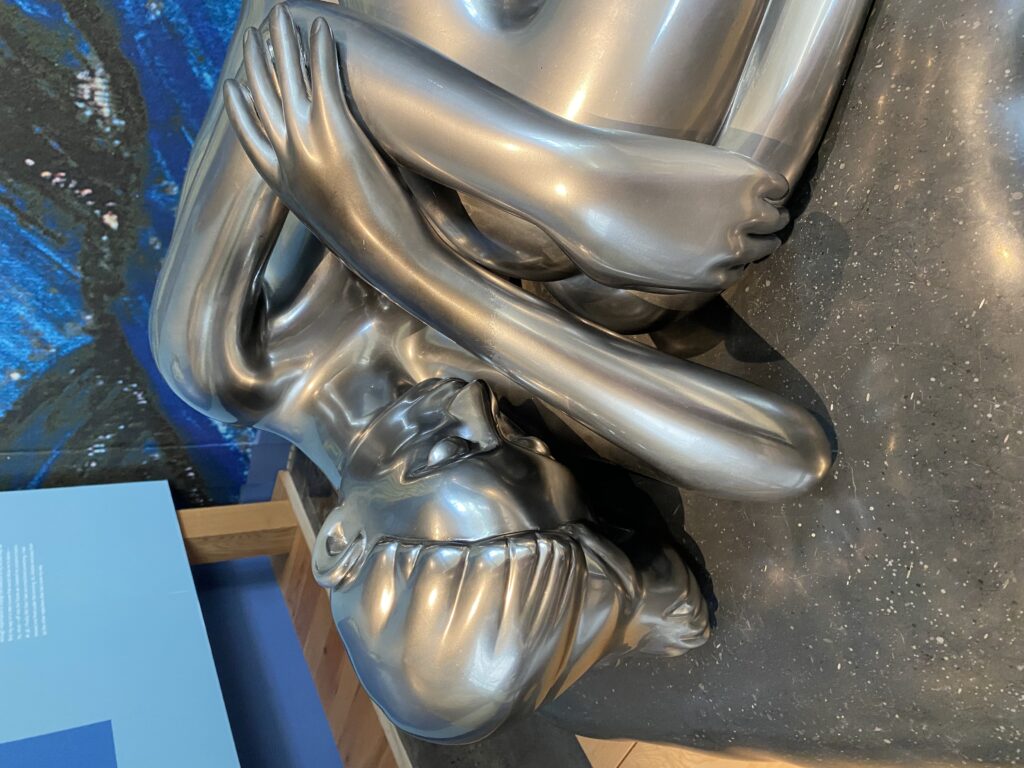
Impressively, he carried on with his work despite the initial derision of some art critics who may have missed that he had a different aim. He would comment, “The art of my work is in the interaction, not the aesthetic.”
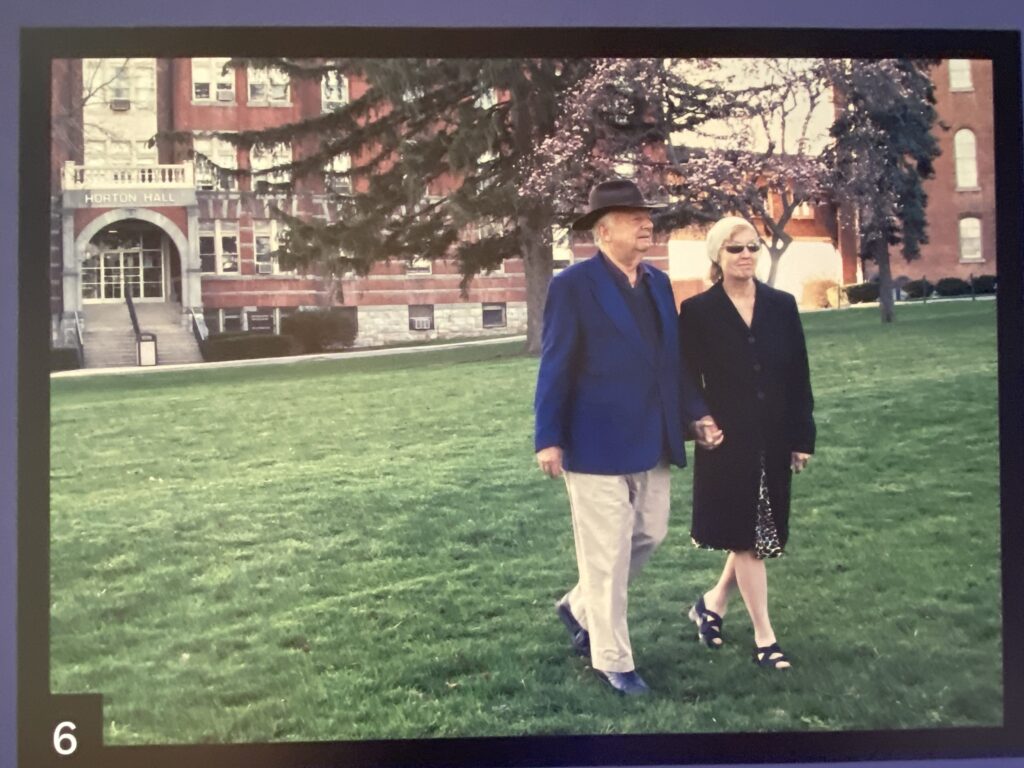
Seward’s determination, however, demonstrated that he was not a dilettante, and the increasing profits from the sale of his works went back into the Atelier. (In what must have felt like a rewarding, full-circle experience, Georgia O’Keefe later used the Atelier.) Notably, Mr. Johnson received the Lifetime Achievement in Contemporary Sculpture Award from the International Sculpture Center in 2019, which he had supported for years at the invitation of founder Elden Tefft, a sculptor and a professor at the University of Kansas, and membership in the New Jersey Hall of Fame.
“…not public art, but art for the public…” Seward Johnson
Seward Johnson’s most well-known series of sculptures may be “Celebrating the Familiar” as well as “Beyond the Frame,” which recreated the works of the Impressionists, and “Icons Revisited,” with the monumental sculptures like “Forever Marilyn” from a still photo from Billy Wilder’s “The Seven Year Itch” (the rights of which Mr. Johnson obtained from the photographer) and “Embracing Peace” from one of the better known Victory Over Japan or “V-J” Day photos of a sailor kissing a nurse in anticipation of the end of the war in Times Square. Seward Johnson created “Embracing Peace” from the photo by US Navy photojournalist Victor Jorgensen, which was in the public domain. Photographer Alfred Eisenstadt, who took the more well-known photo, had observed the tipsy sailor passing through Times Square, kissing women of all ages and appearances out of sheer joy that the war was ending. Current perspectives give the photo different meaning for some, but in the context of 1945 and Mr. Eisenstadt’s description, the jubilation at the end of World War II was felt throughout the country.
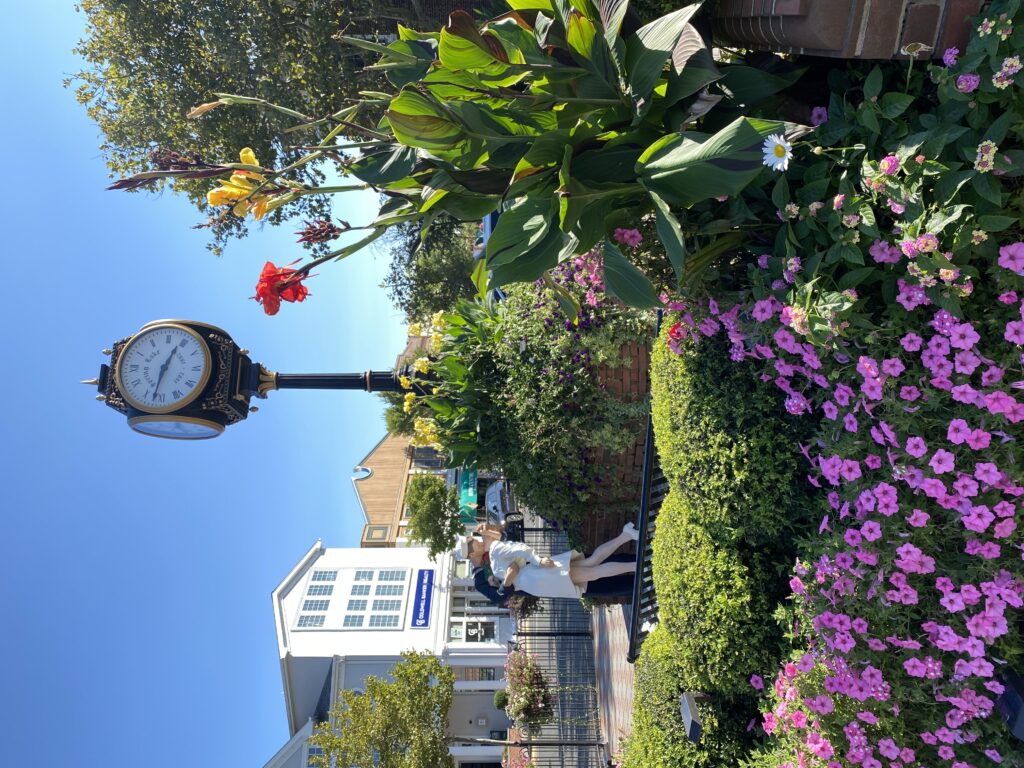
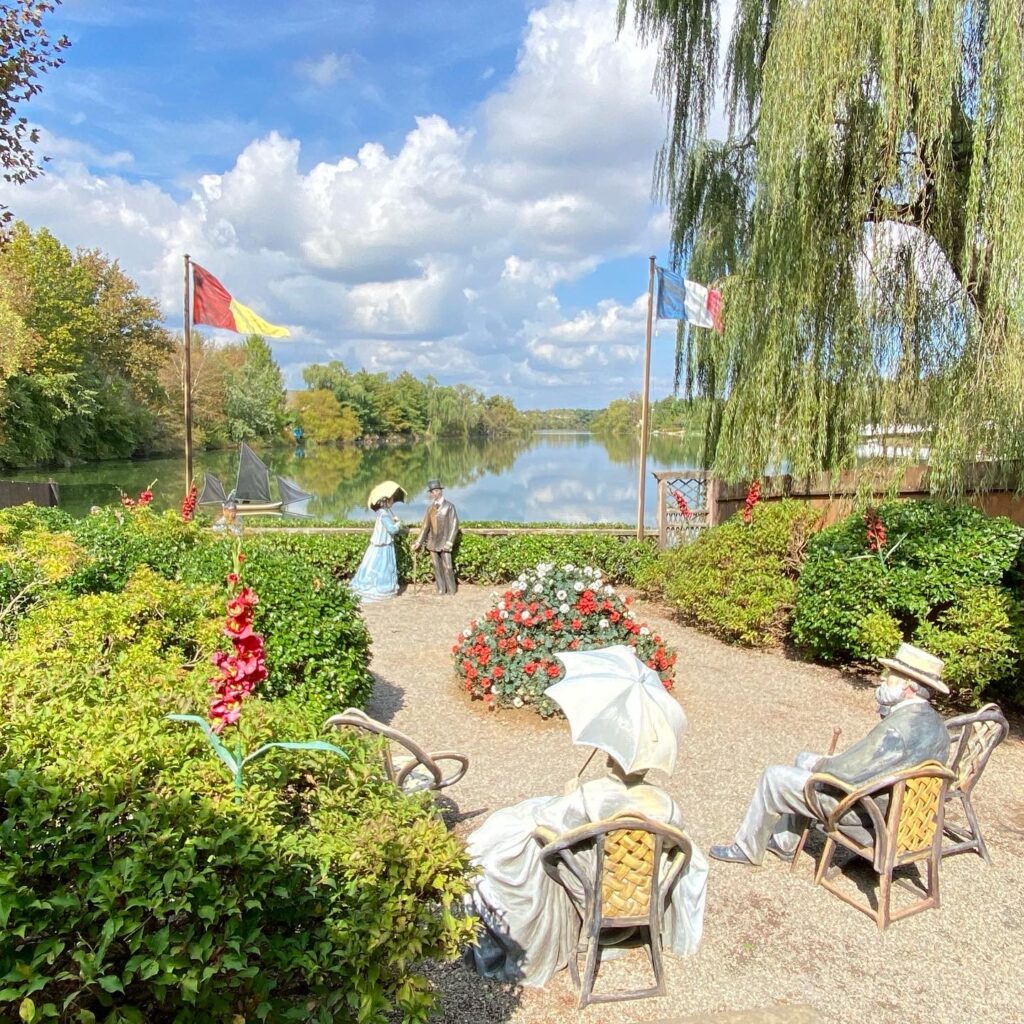


Regardless of scale, the faces of his works are remarkably expressive. Though “Beyond the Frame” initially drew some criticism for borrowing from other artists, Mr. Johnson believed that if viewers could walk inside the paintings in 3-D, this would be an ultimate sharing of the artist’s vision and a way to engage people who might not otherwise be interested in art. Seward added his contributions beyond the artist’s original canvas. As he said in interviews, he wanted to create “not public art, but art for the public” and added, “Interaction is part of the art form. But the interaction also extends beyond what is simply there to what is created in the viewer’s imagination.” Over the years, his works gained acceptance and became popular. Perhaps by not only doing what he loved but creating it with love is what resonates with people today.
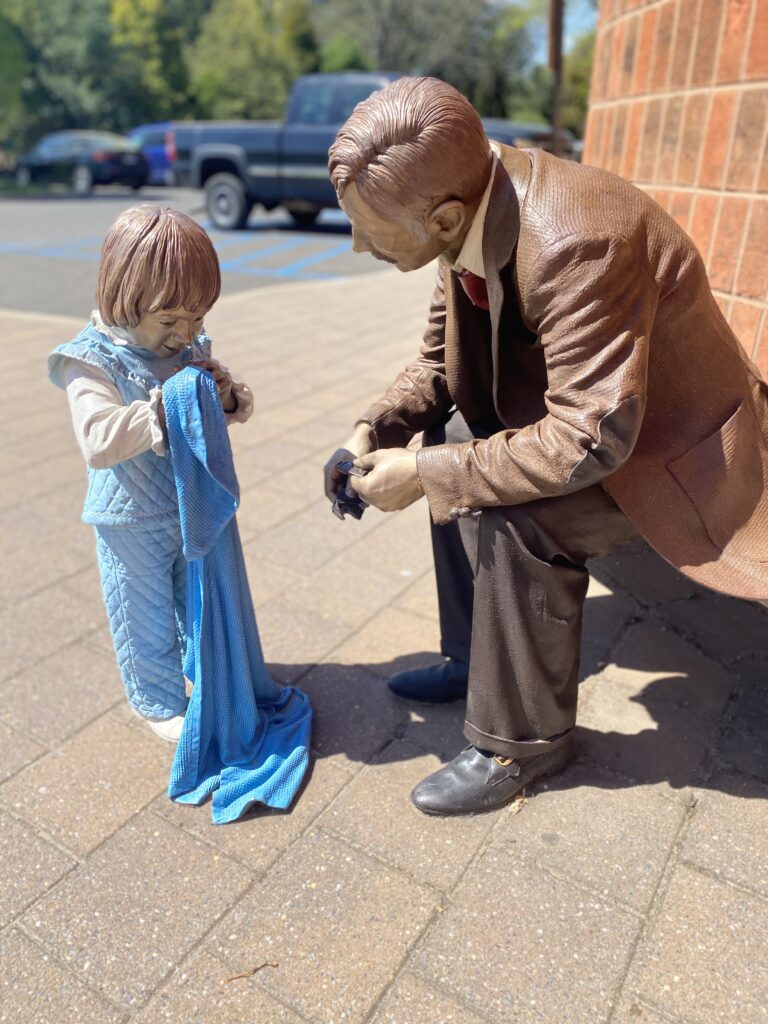
People have compared his works with those of Norman Rockwell, whom Mr. Johnson admired, but he noted that Mr. Rockwell presented a story while Seward wanted the viewer to imagine what his figure’s story might be. Influences that Seward Johnson pointed out in “The Sculpture of J. Seward Johnson, Jr. Celebrating the Familiar” (1987) were the French painter and sculptor artist Honore Daumier, who conveyed his critiques of society with humor and sociologist/journalist William H. Whyte. William Whyte’s book “The Social Life of Small Urban Spaces” (1980) contained observations underscored with photos of how people acted in urban environments. Seward Johnson, too, was a keen observer of human behavior and nature. In interviews, he shared that he liked to walk through Central Park for inspiration. His reassuring park figures offered an “enticement to socialize” and to enjoy nature. Similarly, Frederick Law Olmstead designed invitingly to bring people into parks for their benefit. The perspectives of both visionaries have become more invaluable post-pandemic.
Though intellectual, Mr. Johnson possessed an irrepressible sense of humor, which is evident throughout the Grounds for Sculpture. “I like to have discovery in my work, generally done with humor…I like people to smile at what I made them think…” Visitors will find themselves smiling and laughing out loud at some exhibits. When interviewed for the 2014 Grounds for Sculpture retrospective of his work, Mr. Johnson, who created art well into his 80s, divulged that he sometimes napped on the bed in the exhibit of Van Gogh’s bedroom in Arles and then went back to work with tap shoes tucked away in case some excess energy took hold. “I’m living in my dream, you see.”

The process
Imagination meets hard work in creating a bronze sculpture, which can take up to two years to complete. The trompe-l’oeil (“optical illusion”) or the realism of Seward Johnson’s work came with great effort. A novice’s summary of the process is that from initial clay models (maquettes), Mr. Johnson created facial expressions and gestures, then chose a live model to come to the studio for apprentices to make a life-size clay and plasticine figure. Seward finalized the face and pose and selected clothing for the sculpture’s story. Apprentices converted the figure to plaster and set the clothes in resin. Before the resin set, Mr. Johnson pumped air under the fabric and into the pockets to achieve the look of folds and motion in the clothes. The sculpture then dried for two days before being separated into sections.

As described in “The J. Seward Johnson, Jr. Celebrating the Familiar,” the “true foundry process” then began. Apprentices converted the plaster pieces to wax by creating a rubber mold for each. They then perfected the details of the wax (“chasing”), which they dipped into a solution to create a protective ceramic shell. The next step was to “burn out” the wax to leave only the detailed ceramic shell with a “precise image of the original,” which is “the lost-wax method of casting”.

Highly skilled apprentices then poured molten bronze at 2,000 degrees F (1093.33 C) into the molds. The team then adjoined the pieces and added bronze details from the sculptor’s vision, like glasses, jewelry, and hand-held objects such as pens or gardening trowels. The last step, which involved reheating parts of the metal using acetylene torches, was the patination or the coloring of the figure with special colors unique to Mr. Johnson’s work thanks to his collaboration with his fellow artists at the Atelier. Computer technology later created the giant, iconic sculptures from the life-size bronze ones. Faces of Seward Johnson’s bronze works became more expressive over time with evolving techniques, which remains essentially the same today, though the Atelier offers more current information about their services.
The casting process of the Atelier also makes creating sculptures more cost-effective for artists, which is another draw in addition to the skilled artistry.
“Double Check”
A work of art can take on a life of its own, which Seward Johnson experienced with “Double Check,” another “double-taking” statue this one completed for Merrill Lynch and placed in Liberty Park (now Zuccotti Park) near the former Twin Towers. The Everyman sculpture depicts a man checking the contents of his briefcase before a meeting. After 9/11, the work, surrounded by debris, took on a different meaning, which Mr. Johnson speaks about in an exhibition video, a moving segment from “The Saturday Morning Show” with Russ Mitchell and produced by Nadine Witkin, daughter of sculptor Isaac Witkin. Some rescue workers initially mistook the lifelike sculpture for a survivor.
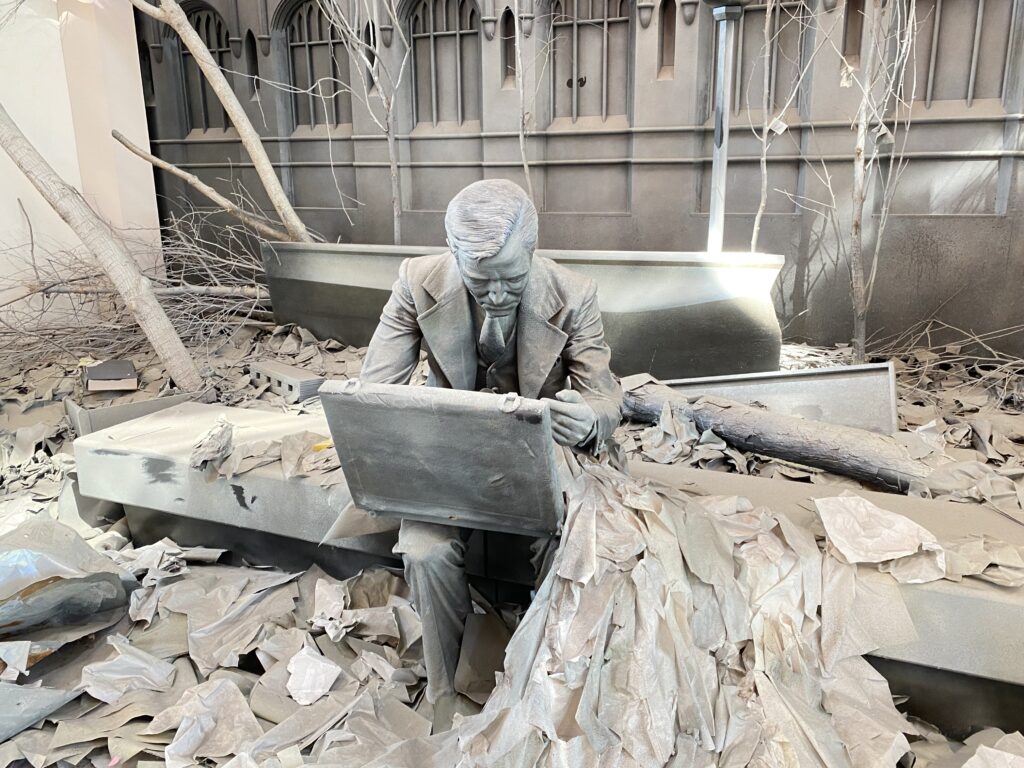
Firefighters, police officers, rescue workers, and mourners left notes, flowers, and other tributes around the memorial site. Respectfully, Mr. Johnson changed the time on Double Check’s watch to 8:46 a.m., the time the first tower was hit. Two tributes are at Grounds for Sculpture, one in the entryway (pictured above) and another in the Cecelia Joyce and Seward Johnson Gallery, a “shrine” in bronze.
A song in his heart
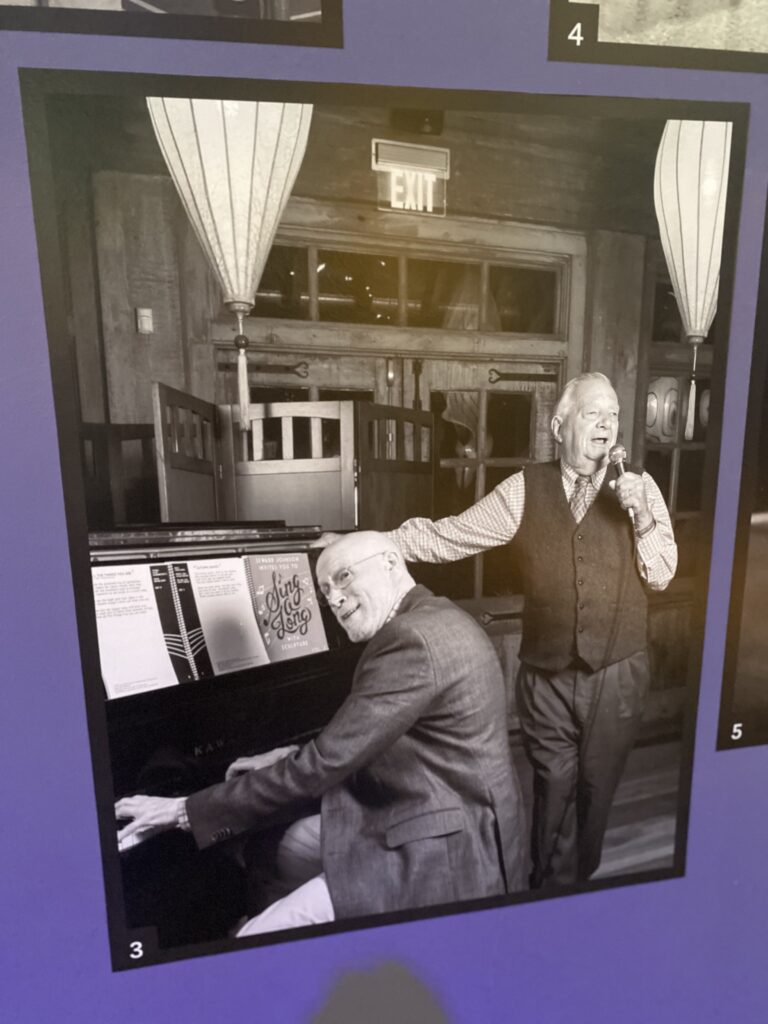
A renowned raconteur, Seward Johnson also entertained people with his Sing-a-longs (with a bit of tap dancing) at Rat’s Restaurant. Accompanied by Adam Weitz and Phil Orr, he would sing Broadway tunes and American songbook favorites. Regrettably, I could not go to what I thought might be the last one, but his joy lives on in delightful YouTube and Atelier Facebook posts. After Seward Johnson’s unfortunate passing at nearly 90 years old in 2020, his friend Joyce Carol Oates compared him with Walt Whitman for his “populist yet strategically calculated art” with a “remarkable declaration of expansiveness….”. After an unveiling of an installation of his on Times Square, Seward serenaded his wife and in a mic drop moment quipped, “Now I can say that I’ve sung on Broadway.” Both he and his wife Cecelia’s generosity went beyond Grounds and the Atelier. Cecelia Joyce Johnson is now president of the Cecelia Joyce and Seward Johnson Foundation, which awards annual grants to educational and arts organizations. Among these is the Forman School in Connecticut, which supports students with learning differences, and where Mr. Johnson attended and Albert Einstein was an advisor.

(The grand sculptures are marvelous and awe-inspiring, but one of my favorites is the clay model of Albert Einstein, whom Mr. Johnson knew as a mentor from his high school days.)
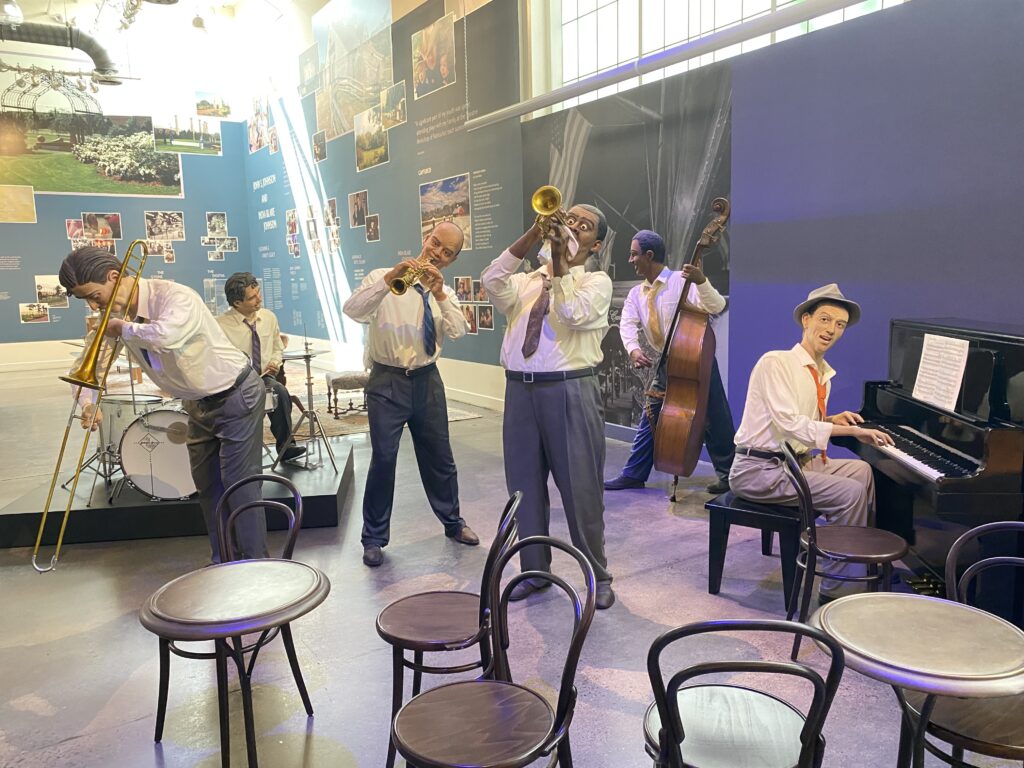
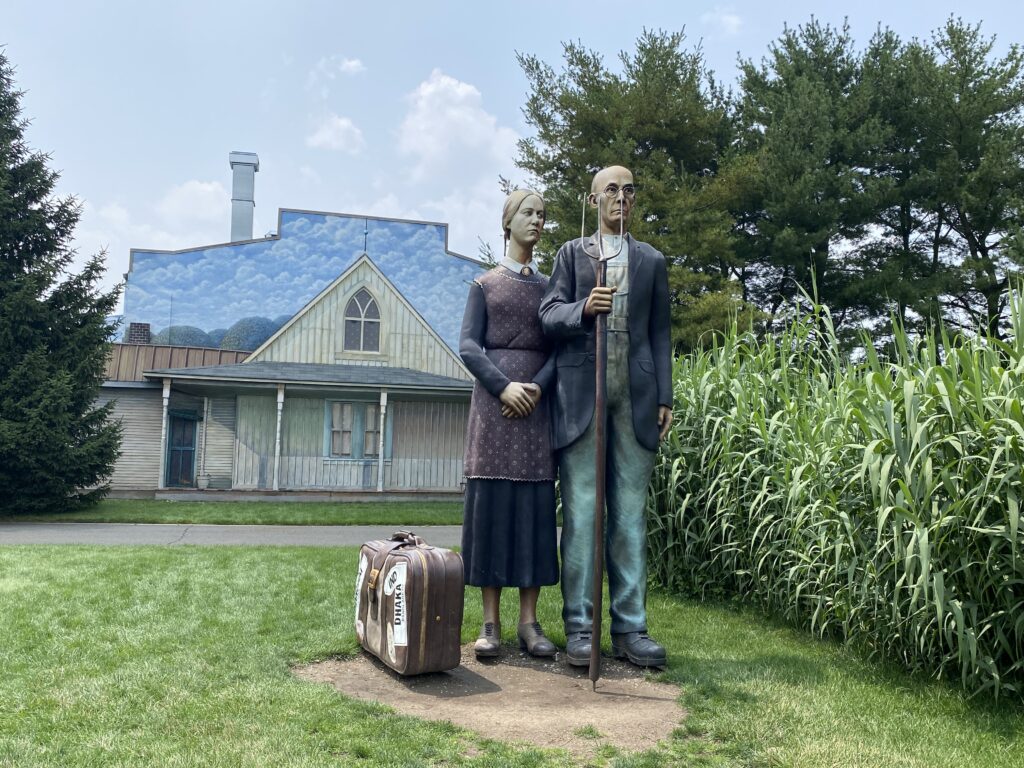

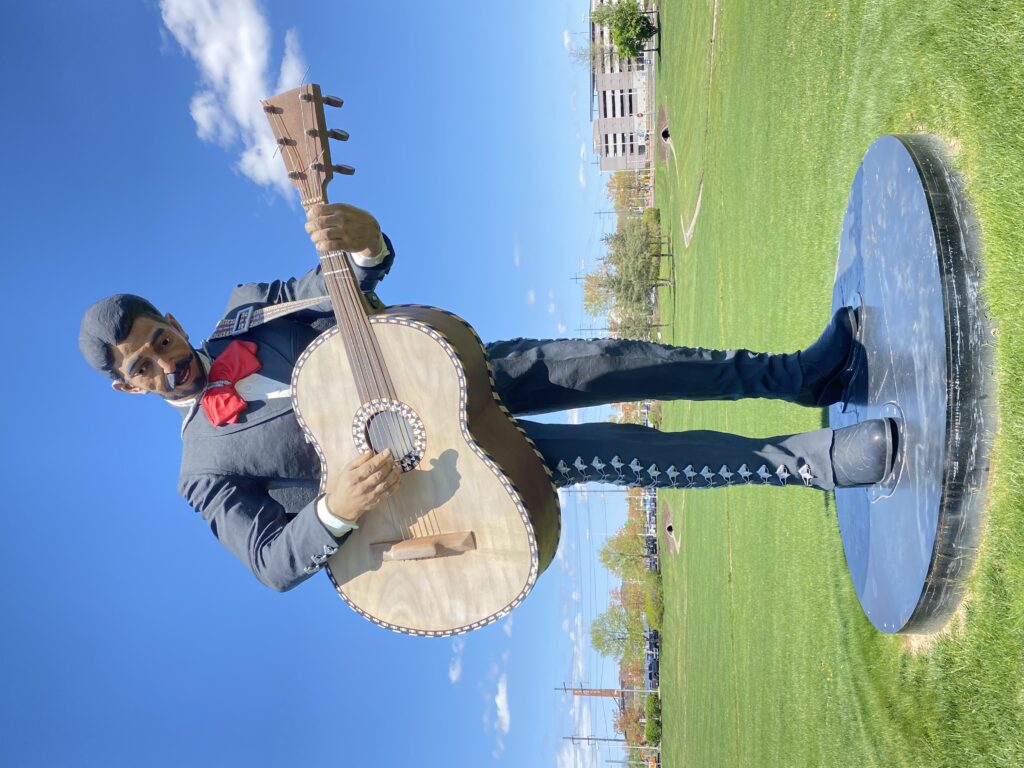
The landscape
As Seward Johnson shared in a 2002 EBTV (East Brunswick TV) interview with Amy Fisher, “I want to have the land sculpted so that each piece is a separate experience as much as possible. I want it to be a sequential experience going through the park. I think that’s terribly important and then to add theater to the experience so that when you go around, it’s ‘Wow!’ All of a sudden it hits you….” His intent was “to enhance each piece”. Mr. Johnson, both Director of Design and Founder, planned much of the original grounds himself from the “rubble” of the former fairgrounds, which included planting trees while working alongside architect and sculptor Brian Carey. (In a Grounds for Sculpture 2015 video, Facilities Director W. Bruce Daniels notes that starting up required planting more than 2,000 trees, the remarkable variety of which visitors can appreciate on a tree tour, and tens of thousands of shrubs, roses, and ornamental grasses – including bamboo – to fill the grounds that had only a few maple trees remaining.) Mr. Johnson explained that sometimes pieces had to travel around the grounds before finding a home. Repeat visitors will enjoy a different experience on each visit with the circulation of works and new sculptures. Part of the fun is that visitors think that they have seen everything, but with a return visit, they realize that they have not.

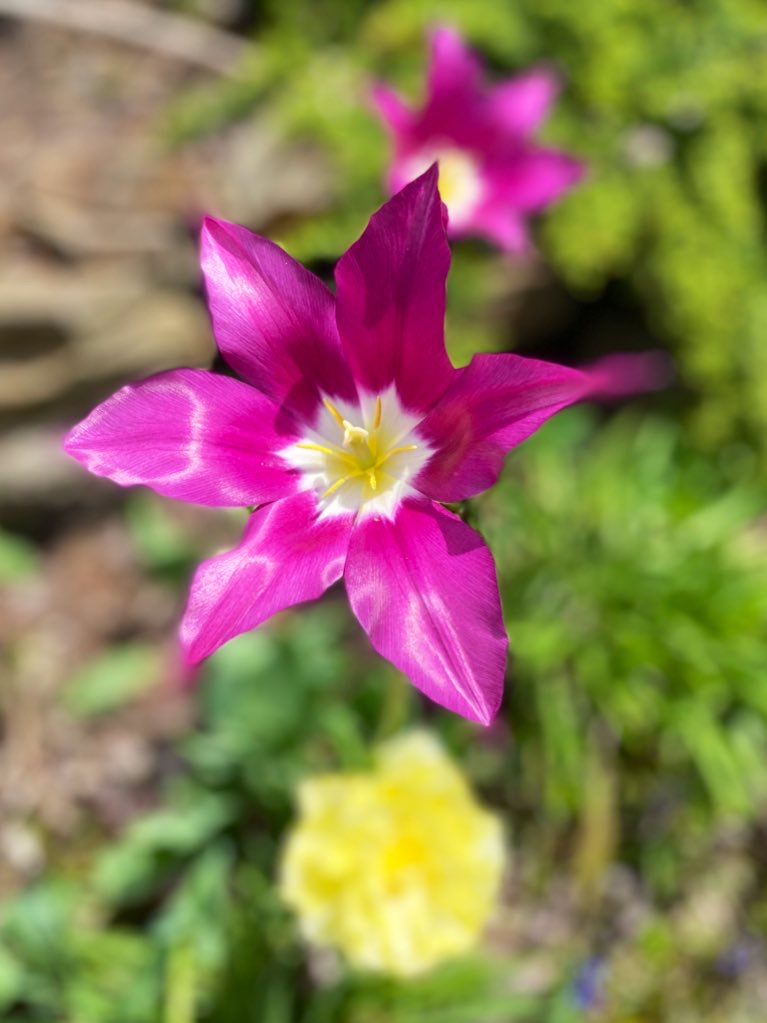


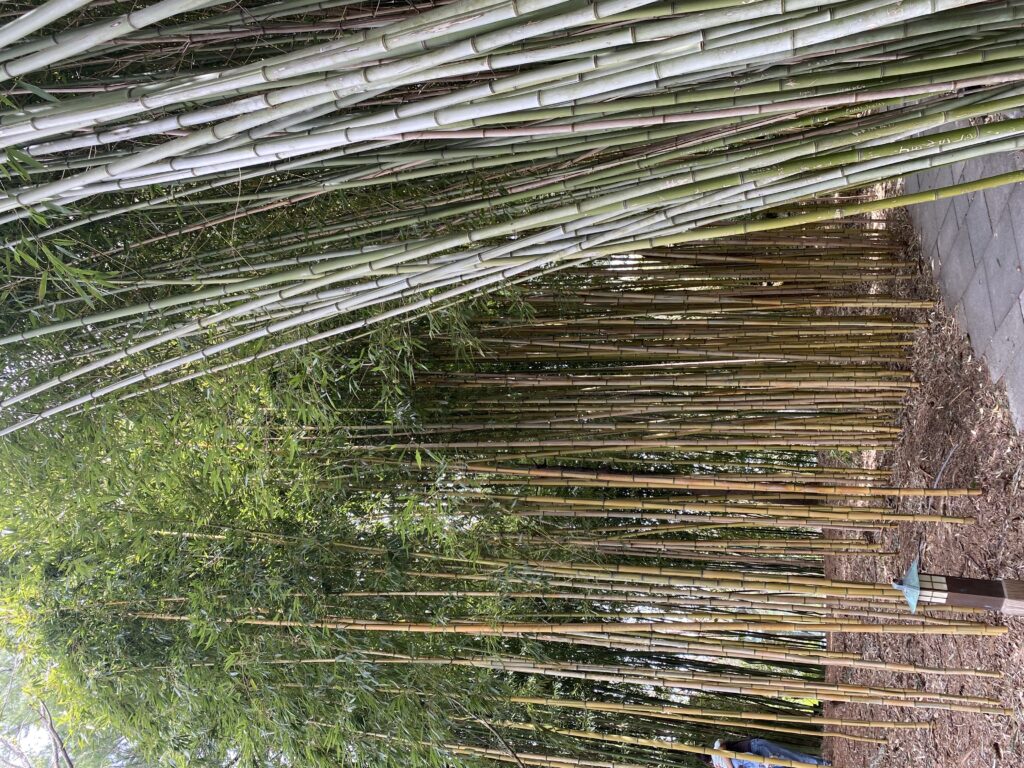

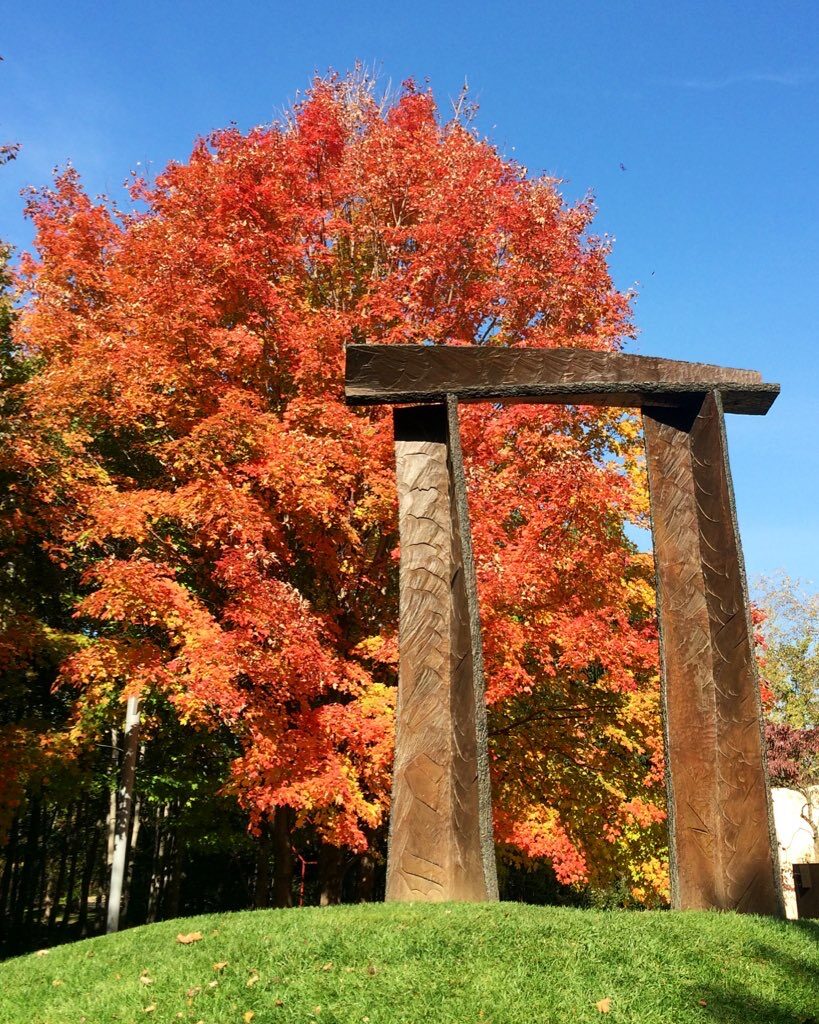
As Seward Johnson remarked, he did not often create portraits, but in his EBTV interview with Ms. Fisher, he shared that when legendary screen star Audrey Hepburn asked, he could not refuse. Ms. Hepburn generously sponsored the Audrey Hepburn Children’s House, which offers services for maltreated children and is part of the Pediatrics Department at Hackensack Meridian Hackensack University Medical Center.
Across the street from the house is a rose garden with the sculpture “It’s Going to Be a Beautiful Building,” with Ms. Hepburn and an architect who are discussing the plans for the center across the street. Ms. Hepburn gives a sweet wave with her pointer finger to a shy little girl, which Seward observed when meeting with the benevolent actress.


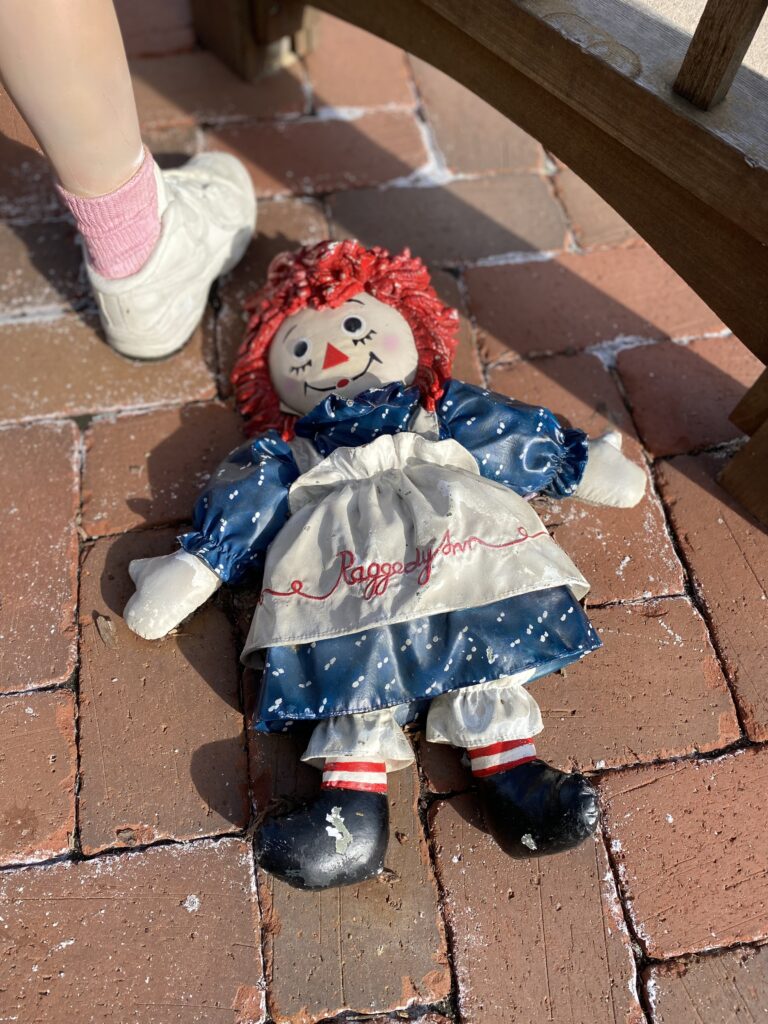

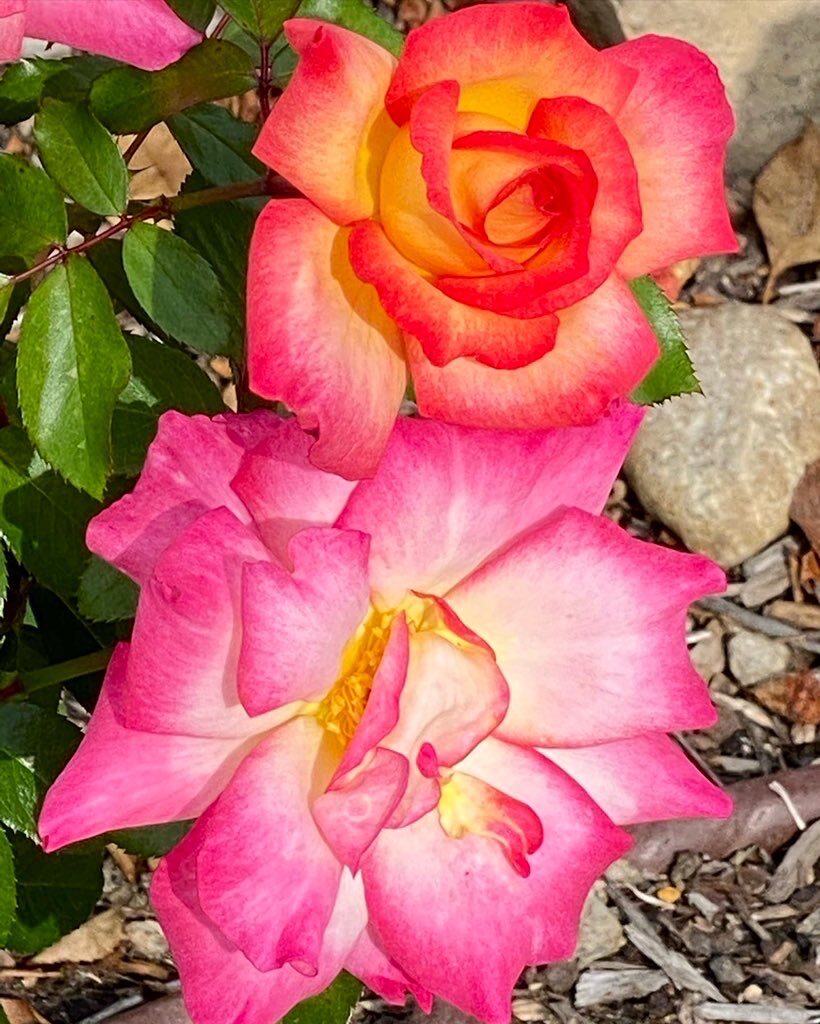
On a June visit to Grounds for Sculpture last year, I went for the roses but fell for the water lilies with a tip of the sunhat to the dedicated horticulturalists and volunteers. (The flowers, the art! The art, the flowers! The floral beauty later transitions into art with autumn leaves and then with snowy vistas.) The sculptures are beautifully incorporated into the landscape, emphasizing how nature and imagination complement each other, an interplay that Mr. Johnson appreciated on a boyhood trip to Canada and later on a wilderness trek there with friends from the U.S. Navy, both thoughtfully shared in an excellent biographical video from the Johnson Atelier and another from Lynn DeClemente Losavio, the Collection Manager of The Seward Johnson Atelier via the Pennington Library.
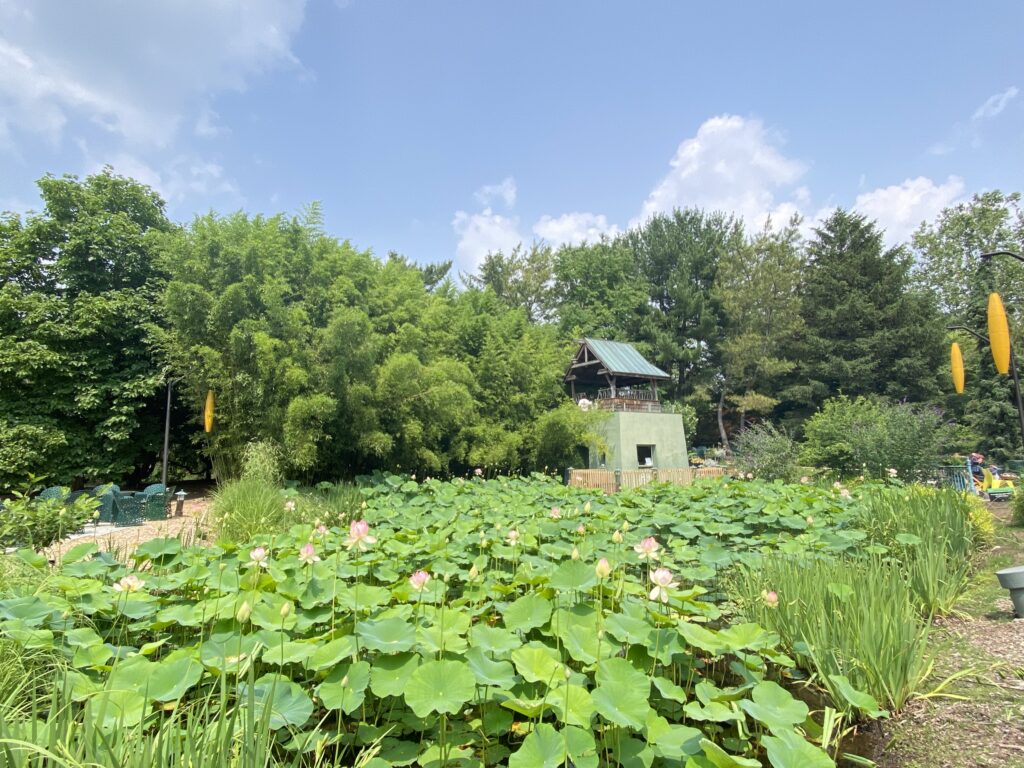



Works of other sculptors
Grounds for Sculpture has featured the works of numerous sculptors: New Jersey’s George Segal, Magdalena Abakanowicz, Dana Stewart, Clifford Ward, Gloria Vanderbilt, and Red Grooms. The collection is comprehensive, and these are only a few names.

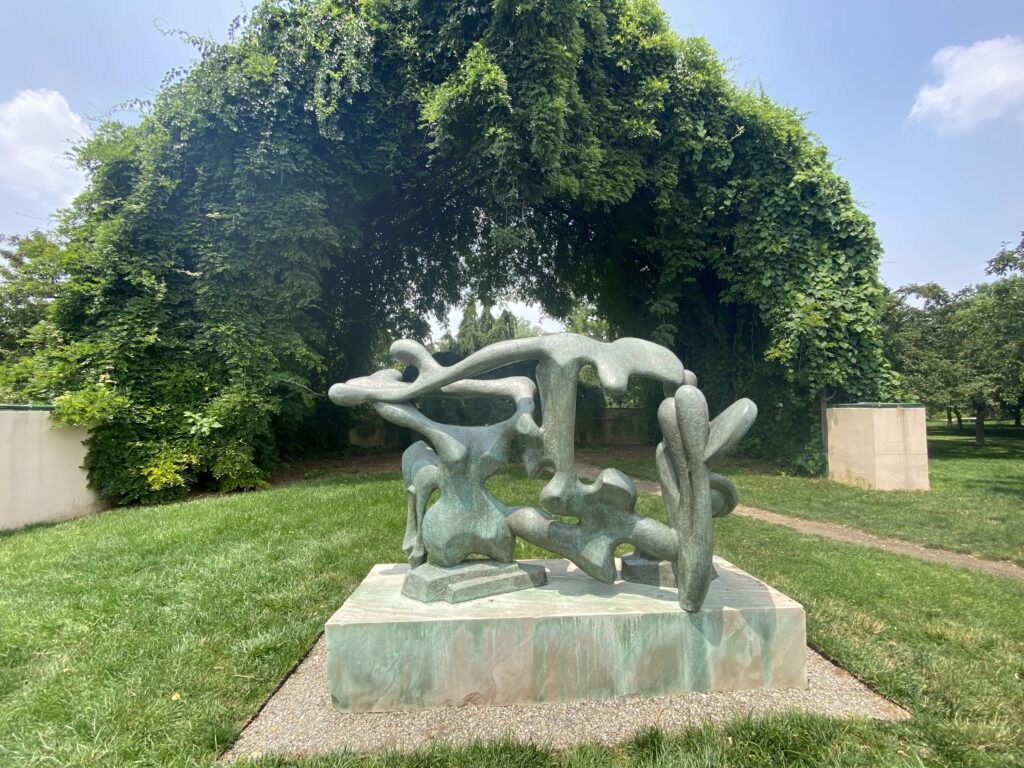
Exhibitions
This exhibition, “Likeness” by the artists of The Arc Mercer in the Education Center next to “Double Check,” closes Sunday, April 28th.

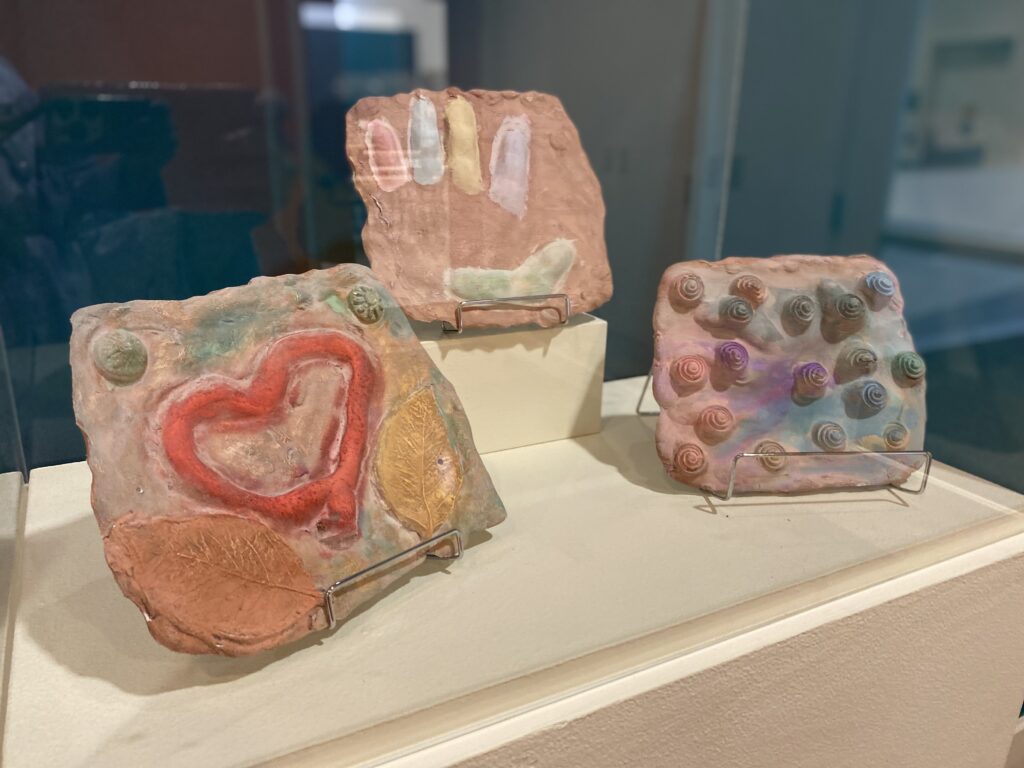
On May 5th, “Slow Motion” opens with the work of Ana Teresa Fernández, Colette Fu, Billy Dufala, Omar Tate, and Sandy Williams IV.
Previously, “Local Voices,” hosted with an almost familial dedication, was on view to convey an idea of the breadth of the exhibitions.

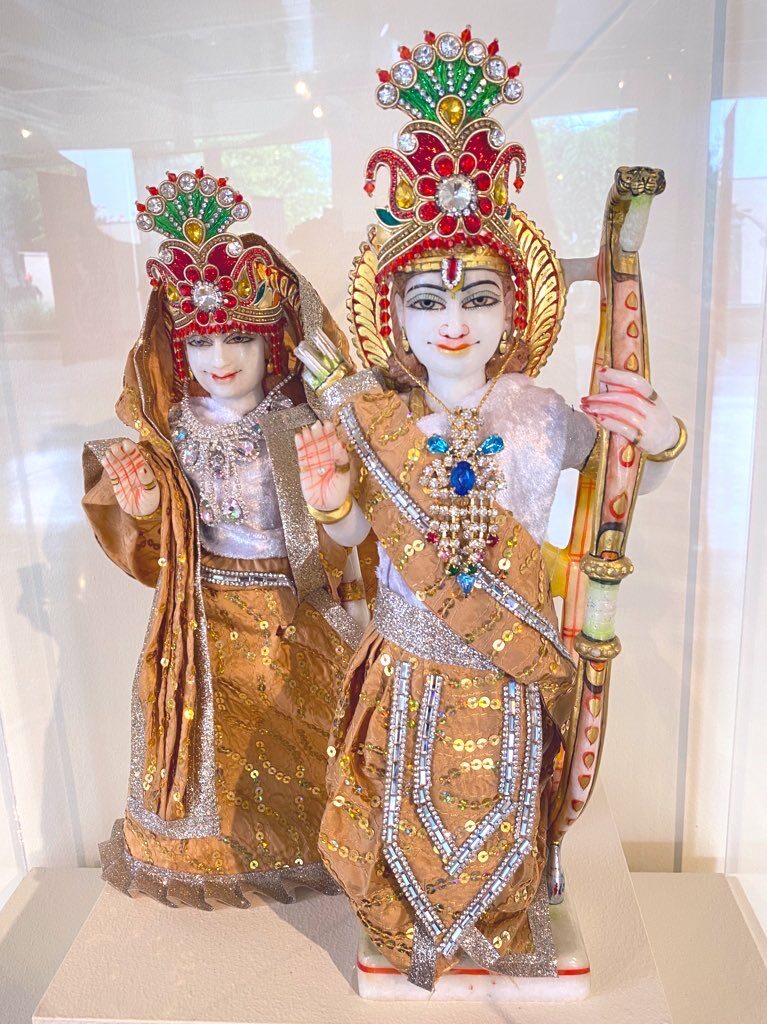
On the note of local, Seward Johnson’s sculptures are throughout Hamilton Township, which also features Veterans Park, Sayen Park Botanical Garden, and Mercer County Park. Nearby in Trenton is the Frederick Law Olmsted-designed Cadwalader Park.

Photos from the annual Azalea Festival at Sayen Gardens with the wonderful Denny Paul Quartet (added May 2024):
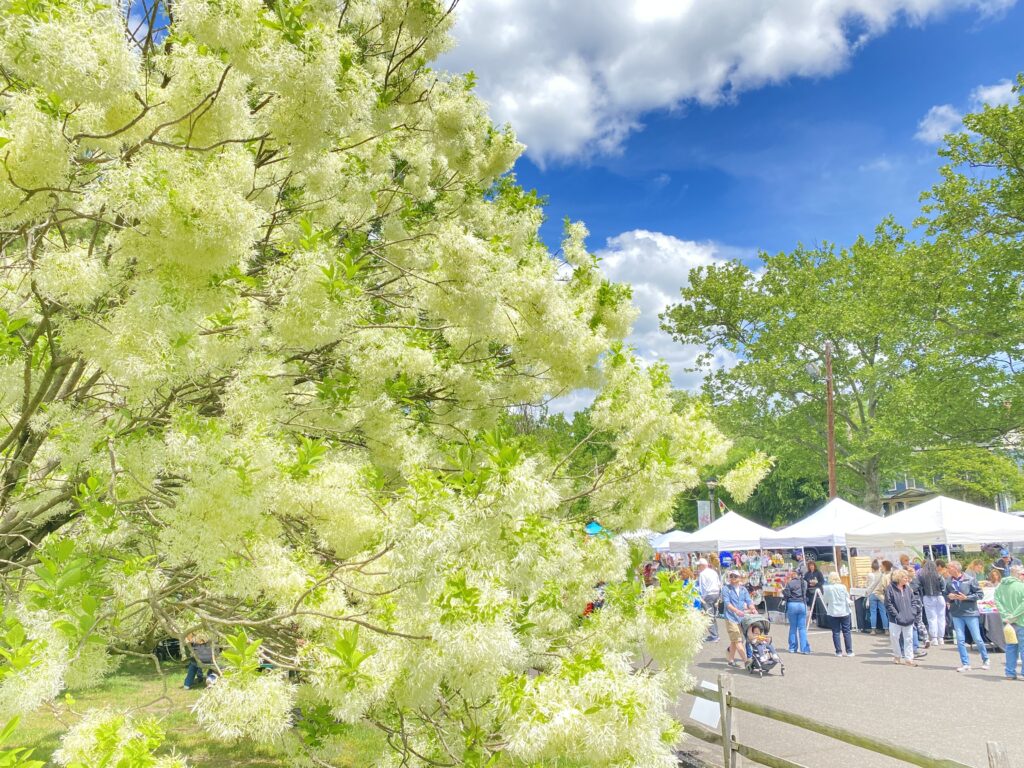

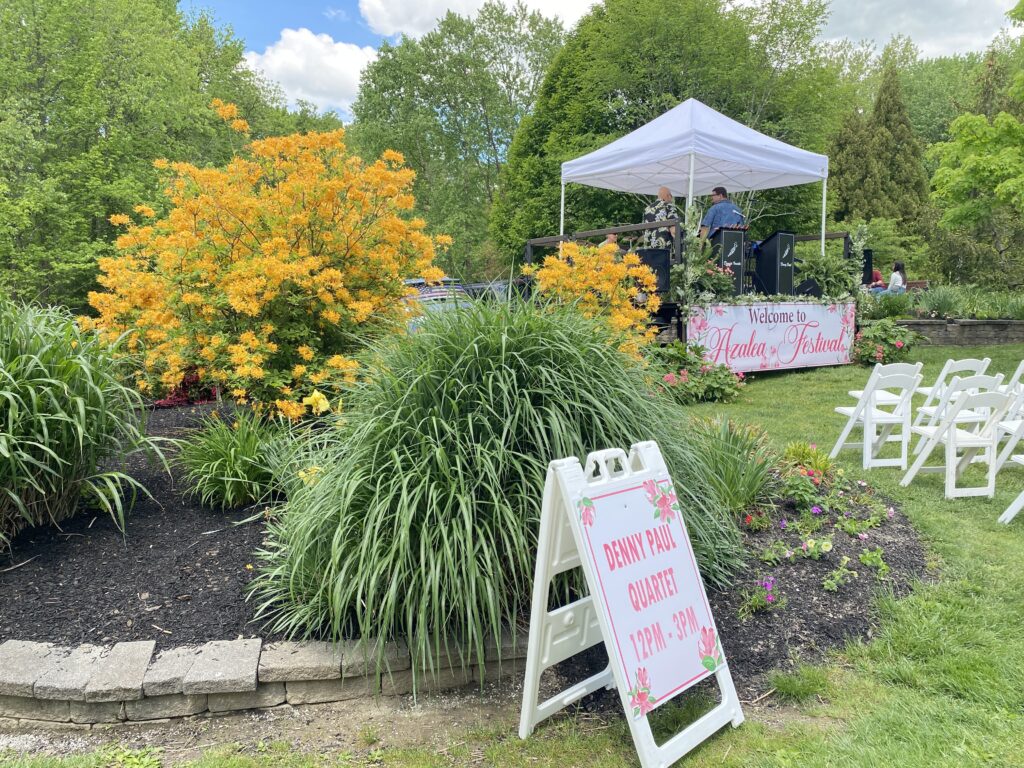
For more “local” viewing of Seward Johnson’s work, also enjoy an exhibition at Ocean County College through June.
Visiting
Friendly staff members welcome visitors to the Grounds for Sculpture which is open daily from 10-5 (closed Tuesdays), though kindly check the Visitor Information as these change with the seasons. Reserve tickets online and allow several hours to explore. A museum shop with lovely selections is open Wednesday-Sunday.
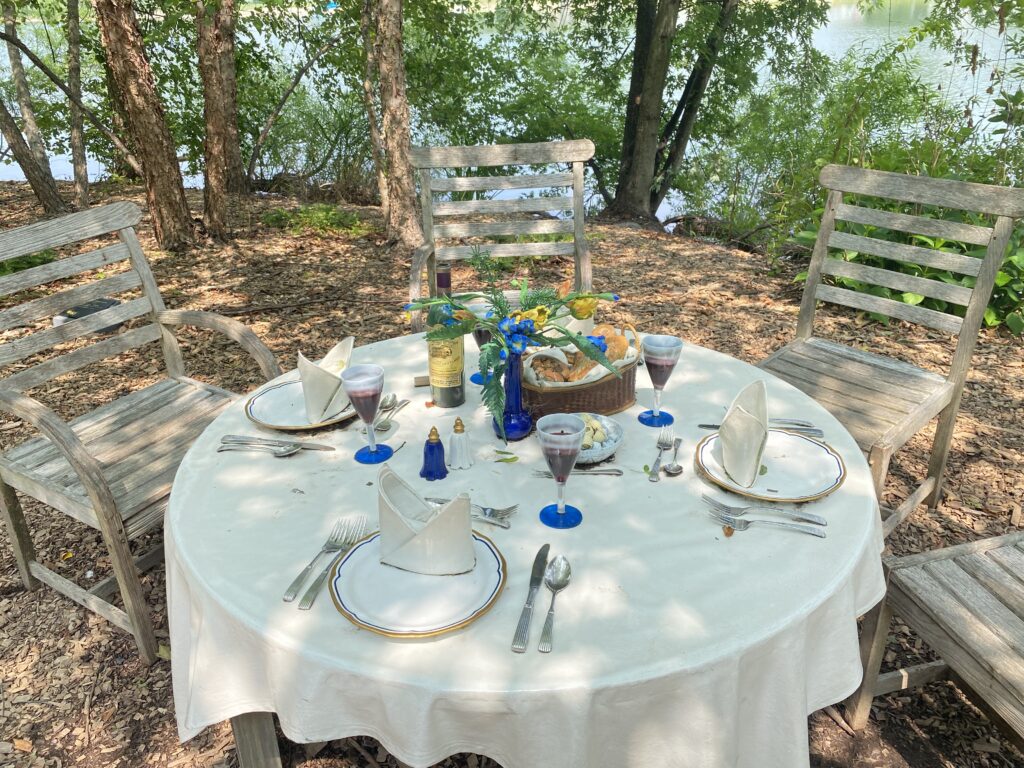
Informal dining is available in the Van Gogh Café, which also offers pre-ordered take-out totes for Picnics in the Park in season to enjoy on the grounds, and another café in the Domestic Arts Building, when available, as is fine dining at the well-reviewed Rat’s Restaurant. Rat’s, named after Ratty from “The Wind in the Willows,” Mr. Johnson’s favorite character from a favorite book by Kenneth Grahame, recalls Monet’s Garden at Giverny. The restaurant has a separate entrance, and its hours are Wednesday through Sunday. Rat’s and the beautiful sculpture park grounds are available for meetings and events.
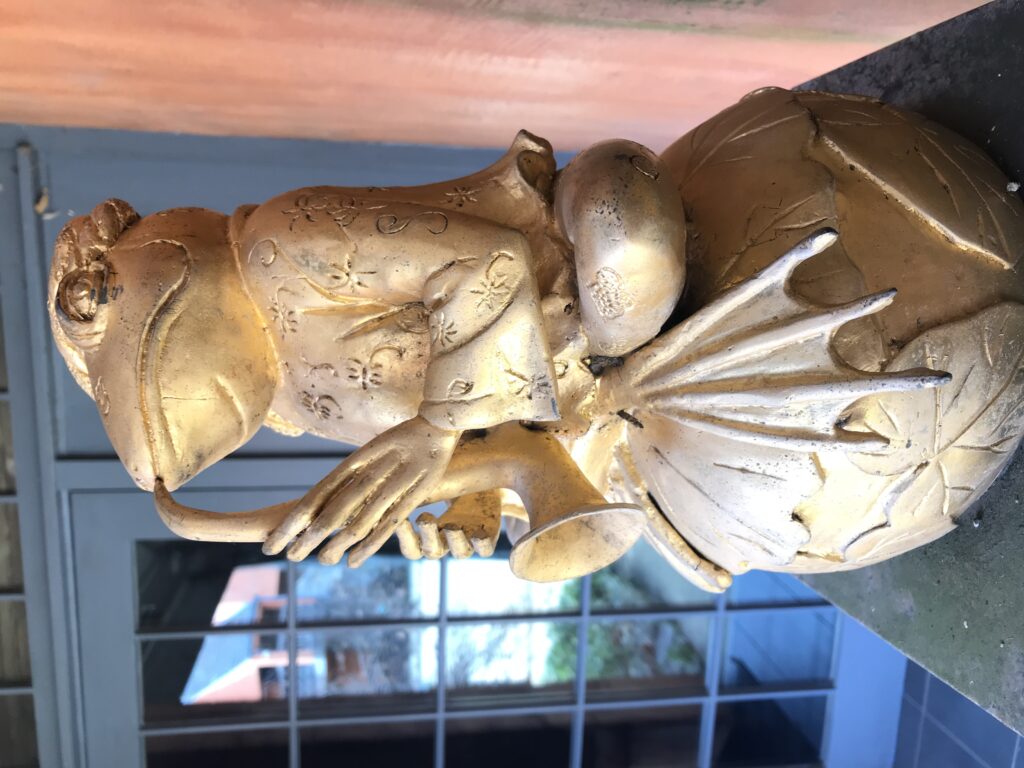
Grounds for Sculpture offers accessible tours of all kinds, as well as wheelchair and electronic convenience vehicle rentals. Tours for schools, colleges, adults, and corporations are available, though the popular school tours are sold out through June 17th. Reserving well in advance is best. There are concerts and other events throughout the year. The Atelier is available for tours, private events, and team building. Additionally, Grounds for Sculpture became LEED Gold Certified in 2019, and it has two electric car charging stations. Memberships and volunteering (and gardening) that support Grounds for Sculpture and the Atelier are welcome. The Arc Mercer and Audrey Hepburn Children’s House via Executive Director Amy Glazer (amy.glazer@hmhn.org) also welcomes support.
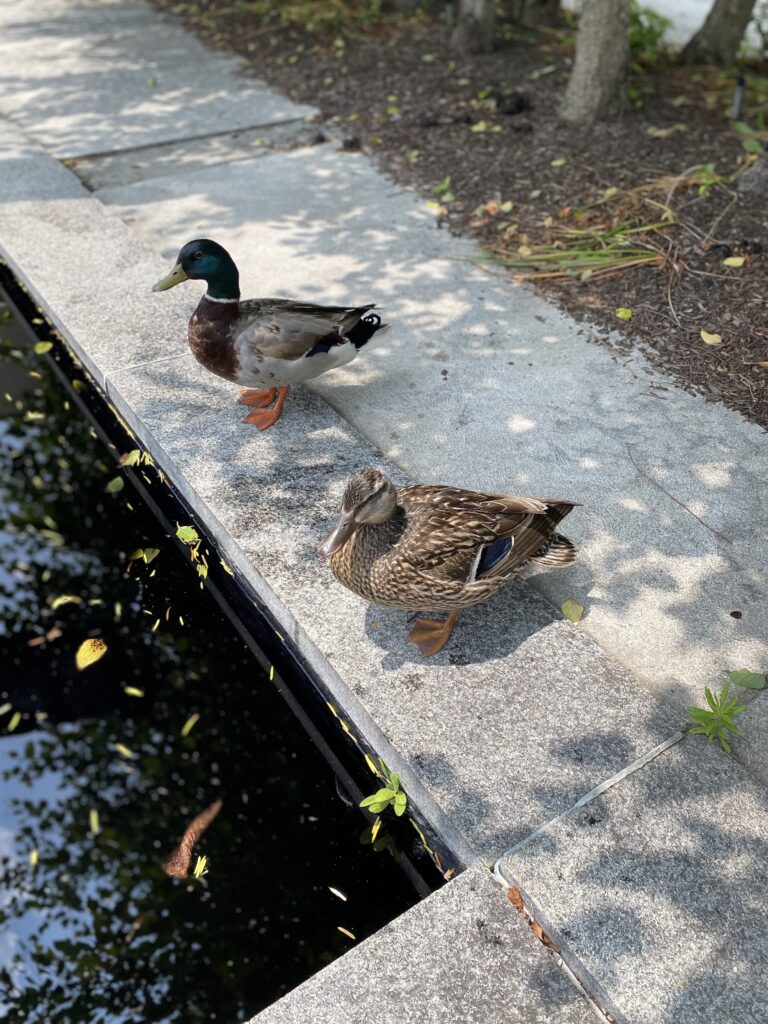
The invitation
In this travel post, the GPS turned toward Seward Johnson’s life as he and the Grounds for Sculpture connect intrinsically. A true philanthropist, Seward Johnson has made his own “Everyman” good-hearted impulses larger than life with the realization of an incredible vision. Still present in the delight of visitors, Seward Johnson invites us all to his ongoing celebration.


A “road trip” postscript
Seward Johnson’s sculptures at Old Westbury Gardens, Old Westbury, NY, which were selfie sensations (2022)

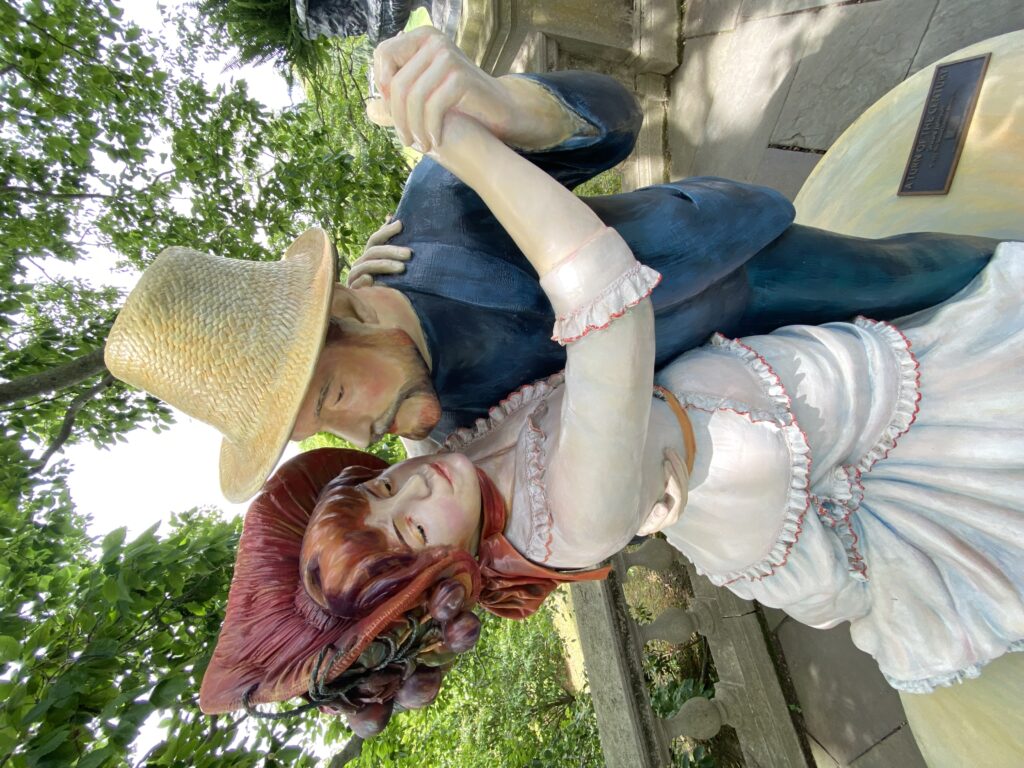



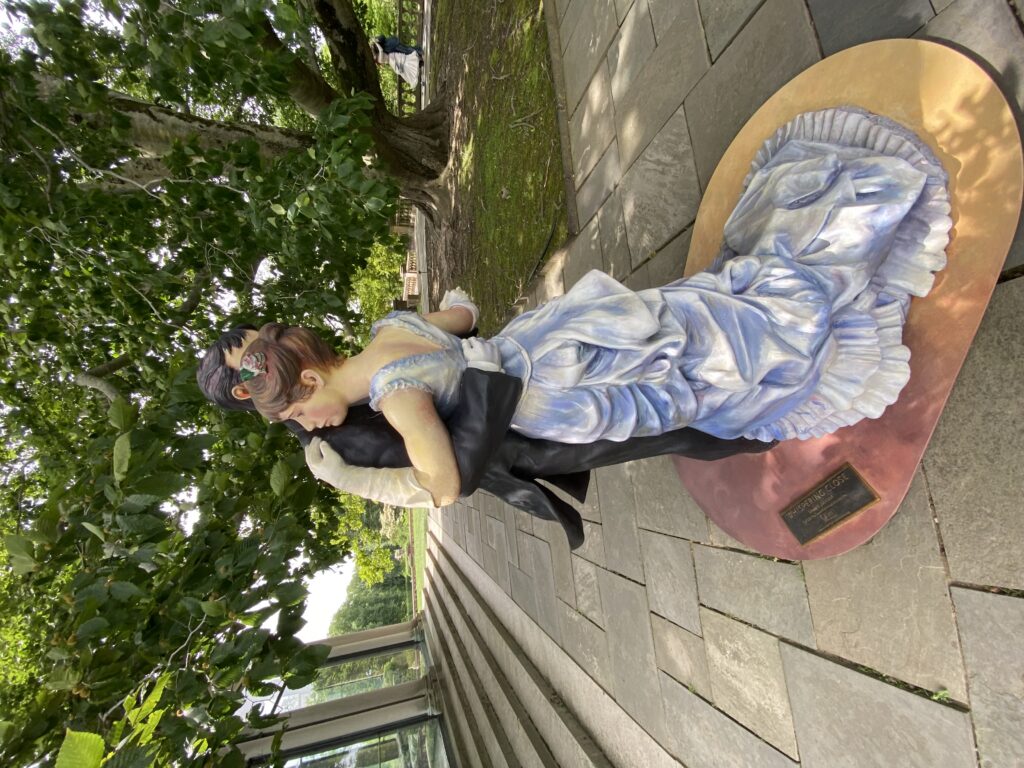

Seward Johnson’s Sculptures in Spring Lake, NJ (2022)
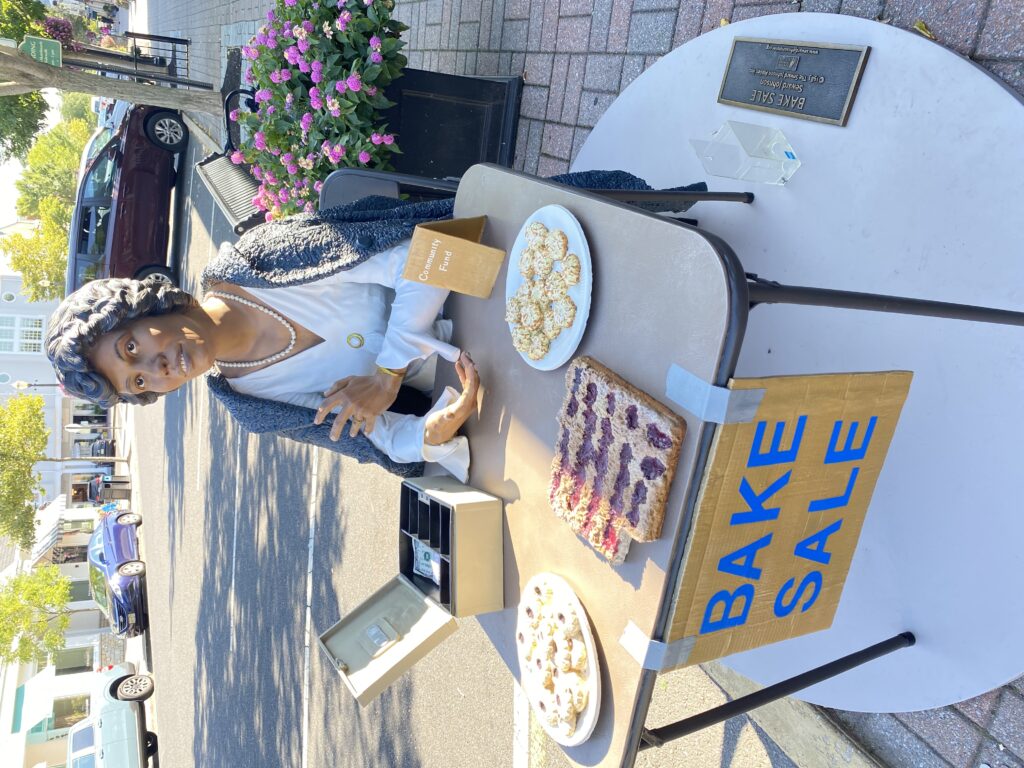

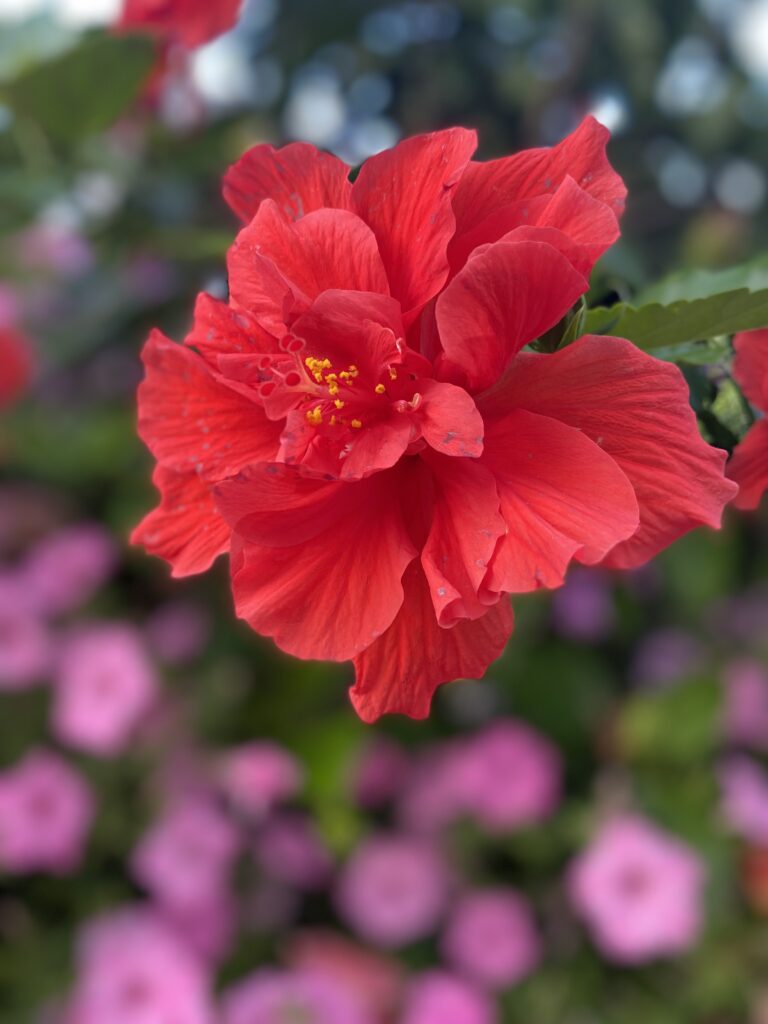


(Sources: groundsforsculpture.org and exhibitions, sewardjohnsonatelier.org, The Sculpture of J. Seward Johnson, Jr. Celebrating the Familiar by J. Seward Johnson, Jr. with Paula Stoeke, americanprofile.com, johnsonatelier.com, sculpturemagazine.com, youtube.com (Atelier, Pennington Public Library, EBTV, Nantucket History, Coppervideo), courierpostonline.com, communitynews.org, groundsforsculpturewordpress.com, mycentraljersey.com, washingtonpost.com, causeiq.com, ibdb.com, stateoftheartsnj.com, willowwoodarboretum.org, sculpturemagazine.art, artmuseum.princeton.edu, mainstreetmurfreesboro.org, walkaboutnewyork.com, observer.com, atlasobscura.com, downtownny.com, artcitybronze.com, uvalaw, hmdg.org, britannica.com, Wiki)
“Seward Johnson’s Invitation to Grounds for Sculpture” @ 2024 Kathleen Helen Levey. All rights reserved.
